An African Wildlife Safari is truly one of life’s grand adventures – so special & unique! It feels amazing being out in the majesty of Africa with nature on full display. There’s the thrill of the “photographic hunt” for observing these beautiful animals in their natural environment & witnessing up close the “Circle of Life.”
Then there’s the fun of staying in comfortable lodging out in “the bush” in a safari camp with nature right outside your door. Plus, the African people are so lovely & welcoming. It all adds up to an “out of this world” experience you will never forget!
My Botswana Wildlife Safari
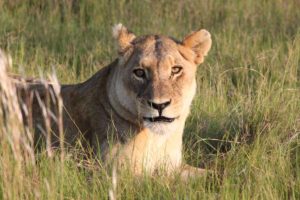
So, when I was invited to join good friends on a 2-week “bucket list” trip to Southern Africa for Fran’s 60th birthday, I immediately said YES! The itinerary included Cape Town, Victoria Falls and two very different wildlife safaris in Botswana – one on a riverboat visiting Chobe National Park and the other being a traditional safari camp deep in the Okavango Delta.
Purpose of Blog Post
In this post, I am sharing my experiences on the wonderful 3-day safari our group enjoyed at the Chitabe Camp in Botswana’s Okavango Delta back in January 2014. It was a traditional land-based wildlife safari – to give you a strong flavor of what a typical African safari experience is like.
Over the years, I’ve found that people sometimes have misconceptions or concerns about travel to Africa and/or taking a safari. There may be worries about health or safety, or the quality of food or lodging at the camps. Hopefully, this post should help allay those fears when you see how well we were treated.
Also, I’m not trying to promote a particular camp (although Chitabe was wonderful!) or a particular wildlife park or an African country – just the overall safari experience. Simply, I want to inspire you to consider adding a safari to your Travel bucket list. Experienced African safari tour operators can help match you with the best safari (country, park, and camp) for your desires. So, let’s begin….
Flying to Our Safari Camp
Getting to your remote Okavango Delta safari camp by “bush plane” is definitely a fun part of the adventure! We had just finished our 3-day “Zambezi Queen” water-based safari in Chobe National Park, which is close to the gateway town of Kasane (in northeast Botswana).
- My 4-passenger Cessna!
At the Kasane airport, our group of 24 intrepid travelers met our delightful Wilderness Air “bush pilots.” Walking out to the tarmac, we got our first look at the 3 small planes (one 4-passenger and two 12-passenger) that would fly us to camp. Of course, I volunteered for the smaller plane (a Cessna 206), which was piloted by Malcolm from Scotland.
Christy (above), from Australia, was another of the bush pilots. They’re based out of Maun, which is the other gateway town & airport for the Okavango Delta. From Maun, it’s only a 30-minute flite to Chitabe.
On my 1 hour, 10-minute flight from Kasane, we enjoyed great landscape vistas all along the way, including views of Chobe Park and Okavango Delta wetlands. And then we spotted it – a small white sandy air strip in the middle of the bush (below left). Belonging to Chitabe Camp, this airstrip is where we would make our landing – hopefully safely!
Being the smaller (and slightly slower) plane, we were the last to land – at around 3pm. One of the camp’s guides was there with his safari vehicle to pack us four ladies up and drive to camp. It was a 20-25 minute ride with wildlife viewing along the way. A small herd of elephants warmly greeted us and another crossed the road ahead of us.
Welcome to Chitabe Safari Camp
Chitabe Concession has two camps – the main camp of Chitabe with 8 guest rooms and Chitabe Lediba with 5 rooms just down the road. Our large group pretty much filled up both camps, which would be our happy home for the next three days. The camp staff, which numbered around 62 people, came from all over Botswana.
Arriving at the Chitabe entrance, we were greeted by staff singing and were handed cold wet washcloths to remove some of the dust from our travels. We then headed into the main lounge area (above) where we were welcomed by Chitabe’s manager Masedi and offered afternoon tea and snacks.
Chitabe was your typical upscale African Safari Camp with Meru-style tented guest rooms on elevated wooden platforms. The lovely wood & thatched central public areas included a lounge, bar, library (above right), dining room, gift shop, and a public bathroom. All structures were on elevated wooden decks with walkways between the rooms. Plus, there was a small outdoor patio with a firepit and a pool for cooling off during the heat of the day.
- Photo on left – Kris & Masedi, manager of Chitabe Camp / photo right: staff women carry the bags to the room African style using their heads
- Outdoor patio with firepit / pool just behind
- The walkway to my room – Robala
Assistant manager Kris escorted each of us to our rooms. My travel mate Carol & I oogled over how lovely & spacious our room was. It had wooden floors, nice furniture with beautiful African décor, and a mosquito net over the twin beds (which they put down at night). In the back area was the en-suite bathroom with two sinks, and an indoor shower. Plus, there was an outdoor shower on the side deck. Guess we weren’t really roughing it in the bush!
- View from our room’s deck
- Our spacious en-suite bathroom
About Botswana’s Okavango Delta
The Chitabe Camps are located in a large private reserve (the Chitabe Concession) in the Okavango Delta. Situated on an island in the Delta’s southeast region, the concession covers 22,000 hectares (equaling 54,000 acres or approximately 85 square miles).
Botswana’s Okavango Delta is formed as the Okavango River flows into the Kalahari Desert from the Angolan highlands, creating a unique wetland in this flat and arid country. As one of the only sources of water during the dry period, the Delta attracts thousands of animals and is one of Africa’s greatest concentrations of wildlife.
The mix of Okavango and Kalahari makes for an excellent home to an abundant array of herbivores: giraffe, buffalo, red lechwe, tsessebe, impala and elephant. They, in turn, support the larger predators: lion, leopard, spotted hyaena, cheetah and wild dog.
Chitabe Camp has some of the best game viewing in the Delta. It’s not surprising, as the Chitabe concession is bordered on three sides by the rich Moremi Game Reserve. A mosaic of habitats – woods, wetlands, and grasslands – surround the camp. Plus, with this variety of habitat, the concession is home to an estimated 345 resident and migratory species of bird.
Game Drives / Our Safari Guides
In most places I’ve experienced, a typical safari camp schedule is two game drives per day. The first starts in the early morning (like 6-6:30am) with a return to camp during the mid-day heat for lunch and a long rest. Then you head back out for a late afternoon safari, around 4:30pm, with dinner to follow upon your return.
Of course, the amazing animals are the safari camp’s “star attractions.” But I would argue that a good safari guide is the very important co-star! Chitabe Camp is known for its excellent guides – and yes, they were wonderful, fun and so knowledgeable. Driving their 6-passenger safari vehicles, they hunted for the best wildlife to show us. They would educate us, entertain us, and protect us!
Monday Afternoon Game Drive – Leopards Mating
After a quick change in our rooms, we all met back up in the lounge for our first Chitabe game drive. It was Monday afternoon at 5:30pm when we departed the camp in our 4 different safari vehicles. My guide today was BeBe. He was great – he had been a guide for 12 years and was happily married to Kris.
- Small wooden log bridges over wetland areas
During this game drive, we saw a banded mongoose, a leopard turtle, lots of elephants at a water hole, wildebeest, impala, a kudu, and a tsessebe. Plus, beautiful African birds like the lilac breasted roller, a yellow bill hornbill, a franklin bird, and a woodpecker.
- Click on all photos to enlarge
- Typical road thru the park – with impalas grazing
- The colorful Lilac Breasted Roller
- Franklin bird
Near the end of our drive (around 7pm), we got extremely lucky – we were able to witness two leopards mating! Leopards are generally shy and nocturnal so just seeing a leopard is a big deal. But seeing them mating was major bonus points! Of course, BeBe called the other vehicles to come join us.
- Male atop the female leopard
- The post mating bite
Leopards mate around 3-4 times, at different locations. This mating was quick, with the male making a short growl and bite on the female’s neck at the end. Then they both casually walked off. Wow – what an auspicious sign for having more good wildlife viewings at Chitabe!
Boma Welcome Dinner
We returned from the game drive at 7:50pm and promptly headed to our full group’s 8pm welcome dinner at Chitabe Camp. Staff had prepared a special African meal in their outdoor boma (African style circular enclosure). We started with drinks, while the staff put on a show for us, complete with speeches, music and dance. The event was hosted by Moalosi (“Lucy”), the jovial manager of the Lediba camp.
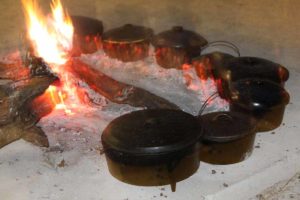
Plus, there was chakalaka – a traditional spicy dish of onions, tomatoes and often beans. It was topped off with bread pudding for dessert. What a feast! Afterwards, Lucy escorted us to our rooms as a full group – to make sure we were all safe in the African night out in the bush.
Tuesday Morning Game Drive
This morning, we had a 5am wake-up call with staff delivering hot water for tea or coffee in the room. We then headed to the dining room for a hearty breakfast starting at 5:30am. They served breads & rolls, cereal, eggs, bacon & sausage, yogurt, and a variety of fruit (watermelon, cantaloupe, honeydew melon, oranges, pear).
- Termite Mound / right: Gordon – our wonderful guide
We left at 6:20am for the morning game drive. Gordon was my van’s safari guide today. He was very professorial – he would stop and educate us about different aspects of the bush (wildlife & plants). For example, we learned that termite mounds could live for 85-125+ years! Who knew?
- Impalas
- Greater Kudu
Animal-wise, we saw warthogs, vervet monkeys up in a tree, impala, greater kudu, giraffe, a few elephants, a lone male tsessebe, and zebras, plus 8 hippos in a pond with Egyptian geese (see below). Just another typical safari visual feast!
- Cattle egret atop the hippo / right – A hippo photo for the dentist’s office
We enjoyed a mid-morning tea & coffee break in the bush, with Gordon preparing our beverages with a fold up table from the front of the vehicle. Ah, the safari life! And, yes, a bathroom stop out in the bush, with boys on one side of the vehicle, girls on the other.
I learned you don’t have to be a “birder” to be enchanted by the many beautiful, colorful & unique African birds. We saw ground hornbill, knob-billed duck, saddlebill stork, red-necked falcon, cape turtle dove, spare wing goose, blacksmith plover, a warbler nest in tree, lilac breasted roller, hamerkop bird, yellow-billed stork, spare wing goose, and the very endangered wattled crane.
- Wattled cranes
- Knob-billed duck
Mid-Day At Camp
We returned to camp at 11:30am, in time for brunch, which offered a choice of bacon & sausage or hamburgers with light French fries. Then everyone had free time until the 4:30pm-ish afternoon game drive.
After lunch, I visited the camp’s well-stocked gift shop (with lots of African goodies) (below right) before heading to my room for a nice long nap. Some folks went to the swimming pool to enjoy a cool dip.
At 4pm, I headed back to the lounge for the daily afternoon tea & snacks and social time before our next safari. It was always fun to compare notes with friends from the other three safari vehicle to learn what cool things they had seen that day (because each vehicle went out on their own.).
Tuesday Afternoon Safari – Our Water Adventure
We departed at 4:50pm for our afternoon game drive – Duke was my safari guide this time. We saw lots of birds – a hooded vulture, short tail eagle, carmine bee eater, yellow-billed ducks, red-billed teals (duck), saddlebill stork, ground hornbill, and a green back heron. Animal wise, we saw slender mongoose, kudu, tsessebe, a baboon, impala, and a warthog.
- Male Baboon / right – pretty landscape
- Ground Hornbill
- Saddle Bill Stork
Around 6:15pm, we noticed there was a lot of water on the road because it had rained earlier this afternoon – a brief downpour around 4pm at our camp and apparently even more in this particular area of the reserve. And just 10 minutes later, our vehicle got completely stuck on the road in deep water when it became “high-centered!”.
Duke called back to camp for help – but they were at least 45 minutes away and it was going to be dark soon. So, Duke took off his pants and shoes and went out to explore. The water was up to his knees by the vehicle.
Then a miracle occurred! Out of nowhere at 6:50pm, two large construction vehicles suddenly appeared on this remote road. They were on their way to the Sandibe camp (also in the Chitabe concession). So, we watched Duke and the other men hook up the truck’s long metal chain and easily pull us out. Phew… As we profusely thanked the truck drivers, one guy smiled and quipped “Welcome to Africa!”
It was about an hour’s drive back to camp, finally arriving at 8:10pm. Before that, we got to see a beautiful African sunset. And then in the dark, Duke turned on the night search light which was cool. We were able to see the glowing eyes of one African wild cat in the grass.
Back at Camp
Arriving home, we headed to the firepit & bar to chat and share stories with the others. We learned the vehicle that guide Phinney had been driving had also been stranded. First, he had a flat tire in the morning and then a broken fuel drive in the afternoon. Not a good day for the safari vehicles – but it’s all part of the African adventure!
We were called to dinner at 8:40pm by the lovely African sound of a Kudu horn. The meal was butternut soup, coq au vin chicken, salads and more – along with chocolate cake for dessert. Gordon & Kris joined us tonight at dinner for lively conversation. Afterwards, Kris escorted me & Carol to our room.
Wednesday Morning Safari – Lions!
With the usual early morning wakeup call and breakfast, we departed camp at 6:15am for our morning game drive, with Gordon as my safari guide again.
Around 6:45am, we noticed Gordon started to go off road and drive through the grasses. He didn’t tell us that Phinney had tracked a pride of lions and we were on our way to join them! So, at 7:10am, we got our first glimpse of 7 lions sleeping in the grass. We pulled close (about 10 feet away), shut off the engine and watched in amazement for the next hour.
Chitabe concession has 4 prides of lions. This particular pride numbered 9 lions, with 7 members here right now. There is a dominant female (~10+ years old) and 2 sub-adult females plus 2 younger males (including a 4 yo male with his growing mane). The youngest cubs are 1.5-2 years and 10-12 months. The two dominant males were not here.
- Cuddle time
- The 4-year-old male with his mane
We spent our time photographing and observing the lions. They were mostly sleeping (in the cutest positions) and stretching. Some were licking each other and cuddling. Once they got up and walked to a shadier spot. It was low-key action but still incredibly exciting to be so close to these beautiful lions! I just love Africa’s “Big Cats!” (lions, leopards, cheetahs).
- What a great yawn – with some teeth!
- Victory – we spotted lions!
Departing from our precious lions, we continued the game drive. We saw many giraffes and a herd of tsessebes (below). Also called topi, the common tsessebe is one of the fastest of the African antelope. Both males and females grow horns. Birdwise, we saw a Burchell’s glossy starling (bright blue) and a hamerkop nest in a tree.
- Left – Burchell’s Glossy Starling /Herd of Tsessebe (topi)
We also saw zebras, including a group of 7 with 2 babies. I love the look of zebras with their elegant stripes and mane. We learned their stripes come in different patterns, unique to each individual. And that zebra foals are brown and white at birth – and will turn to black between 9 and 18 months old.
- Young zebra (foal)
Lunch In The Bush
Around 11am, a special surprise awaited us as we drove into a shaded tree-lined rest area. The staff of Chitabe Camp had set up a lovely luncheon in the bush! On a long table was laid out a delicious buffet feast. There were pork cutlets, beans and corn salad, pasta salad, and a plate of fresh fruit.
There was even a full-service bar – for those that wanted to start their drinking early! All tables were hosted by our camp’s delightful serving staff, guides and managers. Of course, it was a great opportunity to get some fun photos (including of our whole group).
Back At Camp
After this nice surprise, we returned to camp for our “at leisure” afternoon. However, they had another special treat planned for us. At 3:30pm, we Chitabe Camp guests were driven over to the nearby Chitabe Lediba camp to join our friends for afternoon tea 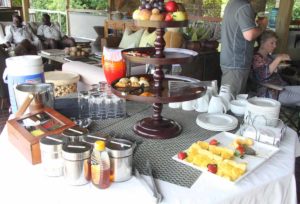
We then enjoyed a wonderful Powerpoint slide presentation about Botswana by camp manager “Lucy.” He told us about the country’s history – pre, during and post-independence in 1966 – and about the Okavango Delta.
Returning to our main camp, we were served another delicious dinner at 7:45pm. Tonight’s menu included venison pie (impala), fish (breen), sweet yams, tomato & cucumbers, potatoes, cabbage & onions. Dessert was tiramisu in a cup. As you’ve clearly seen by now, we ate very well!
Night Game Drive
Today, we were given the option of taking the usual late afternoon game drive or taking a night game drive. Of course, I chose the “Night Safari” as I’d never done this before!
We departed camp at 9:00pm with Gordon as our guide. Driving on roads lit by the vehicle’s lights, Gordon also had a cool flashlight with an infrared he could use for pointing at animals.
At times, he would stop the vehicle, turn off the engine & headlights so we could experience the sights and sounds of a beautiful African night. The skies were filled with stars and the Milky Way. Once we heard a rumbling sound like a lion, but Gordon reassured us it was just an elephant.
We saw giraffe, lots of impalas, and a wild cat (with eyes glowing in the light) in the tall grasses – he was about the size of my long-departed 16-pound cat. We also saw one rabbit and spring hares, which hop around like a kangaroo.
We drove out to the airstrip to find impalas and four wildebeests lounging on the sandy strip. Returning home at 11:30pm, we all agreed it had been a very cool experience we were so glad we had done!
Thursday – Departure Day – Boo Hoo!
Thursday morning, I was awakened at 6am by two African grey hornbill birds pecking at our windows trying to get bugs. Then, it was a leisurely morning with breakfast and packing our bags, after first enjoying the decadent outdoor shower. I also noticed a bushbuck in the trees right by the swimming pool.
Then around 11am, it was time to bid our sad farewells to the wonderful camp staff who had quickly become like family over these past three days. We jumped back into our safari vehicles, as our guides drove us one last time to the airstrip 45 minutes away. Along the way, we had our final look at some local wildlife – with my vehicle seeing giraffes, lots of elephants, and a warthog with her 2 babies.
Once at the airstrip, the vehicles parked under the shed (for sun protection) as we awaited the arrival of our Wilderness Air planes. The small Cessna arrived first, followed by the two larger 13-passenger Cessna Caravan 208s. Coming from Maun, they were bringing boxes of camp food and supplies.
My pilot and his helper KT (a local from Maun) then loaded our luggage onto the planes. We departed Chitabe at 12:20pm for the one-hour flight back to Kasane. From there, we were off to our next stop – Victoria Falls in Zimbabwe. The Southern Africa adventure would continue but the Chitabe safari camp experience would always have a special place in our hearts & minds!
FINAL REMARKS/ RESOURCES
I hope you’ve now gotten a really good feel for a typical African safari, to better understand why I’m such a big fan! As mentioned, I’m not trying to promote a particular camp or wildlife park or African country – just the overall safari experience.
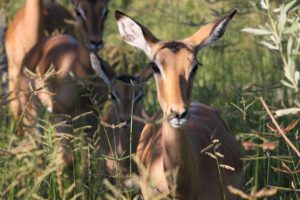
However, I will mention two trusted safari agency / tour operators – Africa Travel Resource (ATR) and Wilderness Safaris (who planned the Botswana trip we took and who co-owns the Chitabe Camp). I used ATR quite a few years ago to help me plan an extension to Zanzibar (from Tanzania) & I was pleased. Both agencies really know Africa – and they care deeply about Africa’s wildlife and its people.
Wilderness Safaris(info from their literature)
At Wilderness Safaris we believe in creating life-changing journeys and have been doing so for over 39 years. Our purpose today is stronger than ever in our dedication to conserving and restoring Africa’s wilderness and wildlife. Operating in 7 countries with over 40 camps, we exist to protect wilderness areas and the fauna and flora they support. We believe that in protecting these areas, and including local communities in this process, we will make a difference to Africa and ultimately the world.
Africa Travel Resource (ATR Safari)
- Has an excellent website filled with wonderful resource information. It’s a great place to start your research. They are always happy to have a simple initial no-obligation chat.
- They are co-owned by Wilderness Safaris. A look at Chitabe’s current website shows that the camp has had some very nice upgrades since I was there in 2014. And it was already pretty nice.
About Botswana & EcoTourism
Having achieved independence in 1966, Botswana has gone on to become a true African success story. The country’s leaders have adopted an innovative approach to tourism, believing that low-volume, experiential ecotourism was the best way to create a sustainable conservation economy and uplift communities while still preserving the environment.
COMMENTS: Have you taken an African safari? If so, where, when and how was your experience? If you haven’t yet gone on a safari, would you consider it now after reading this blog post?

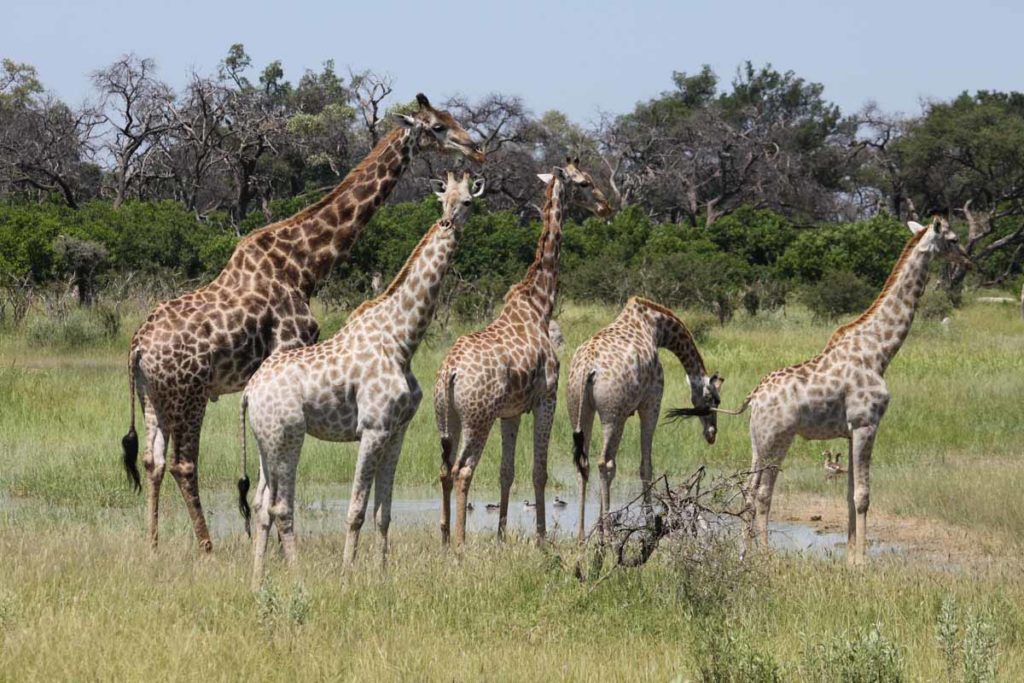
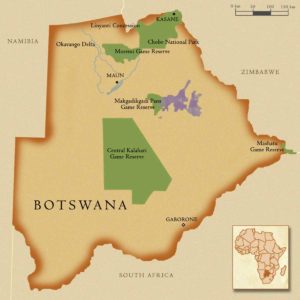

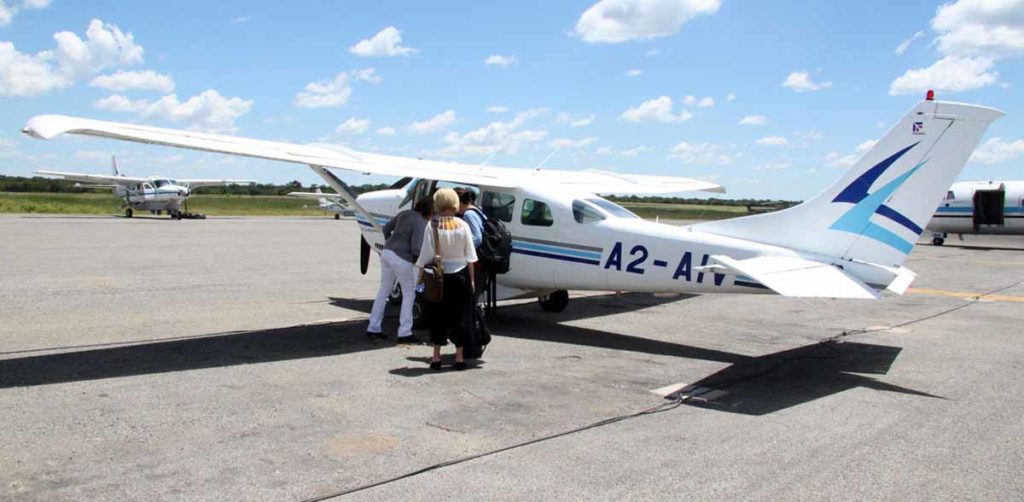
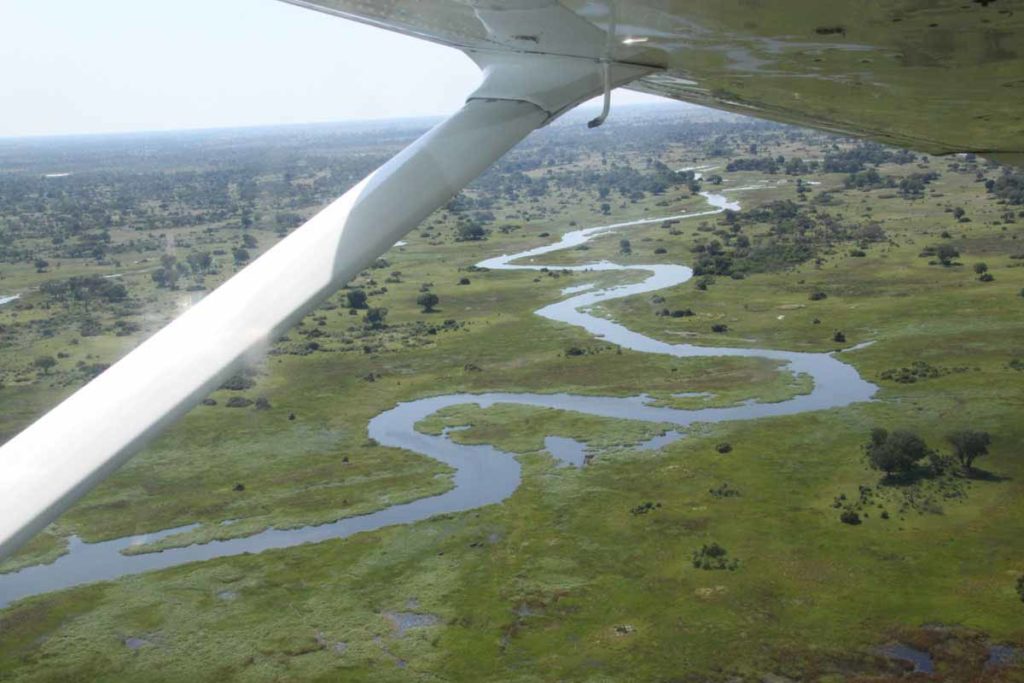
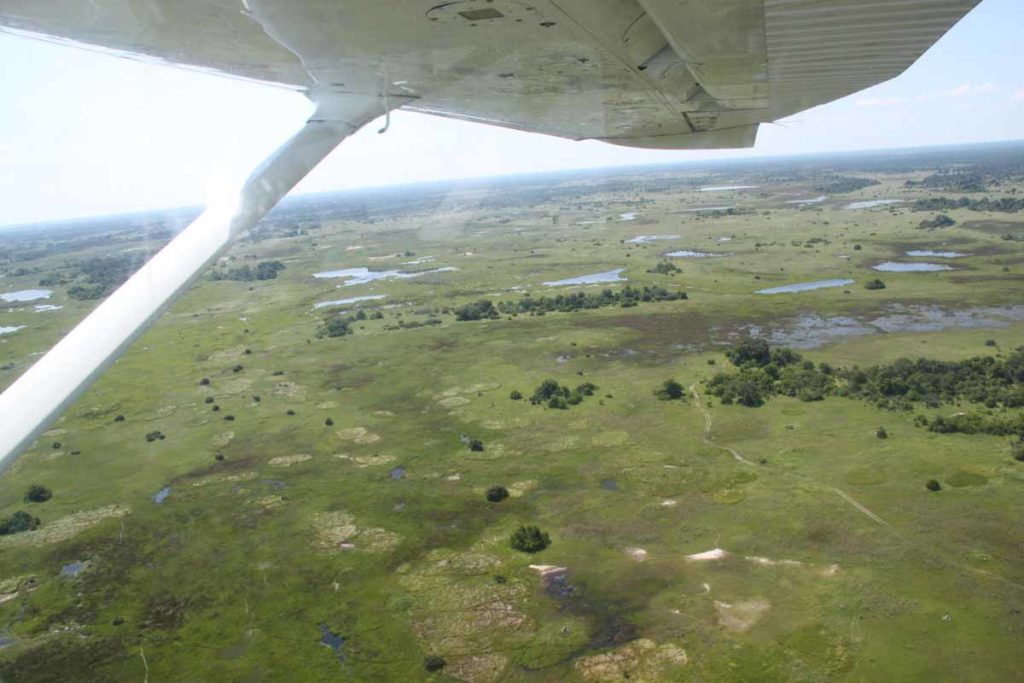
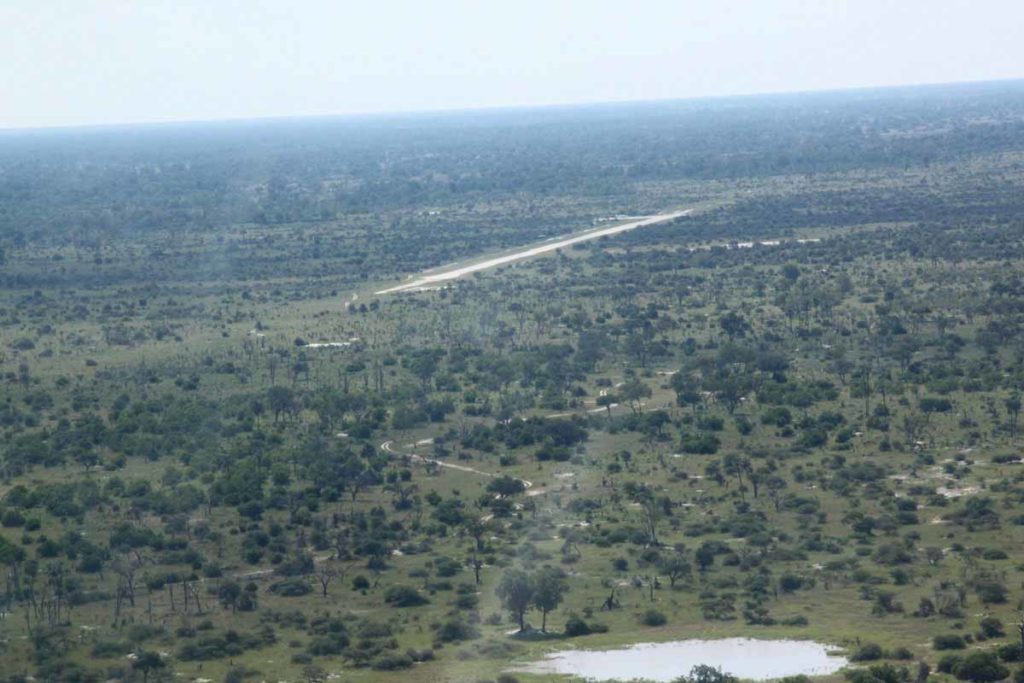
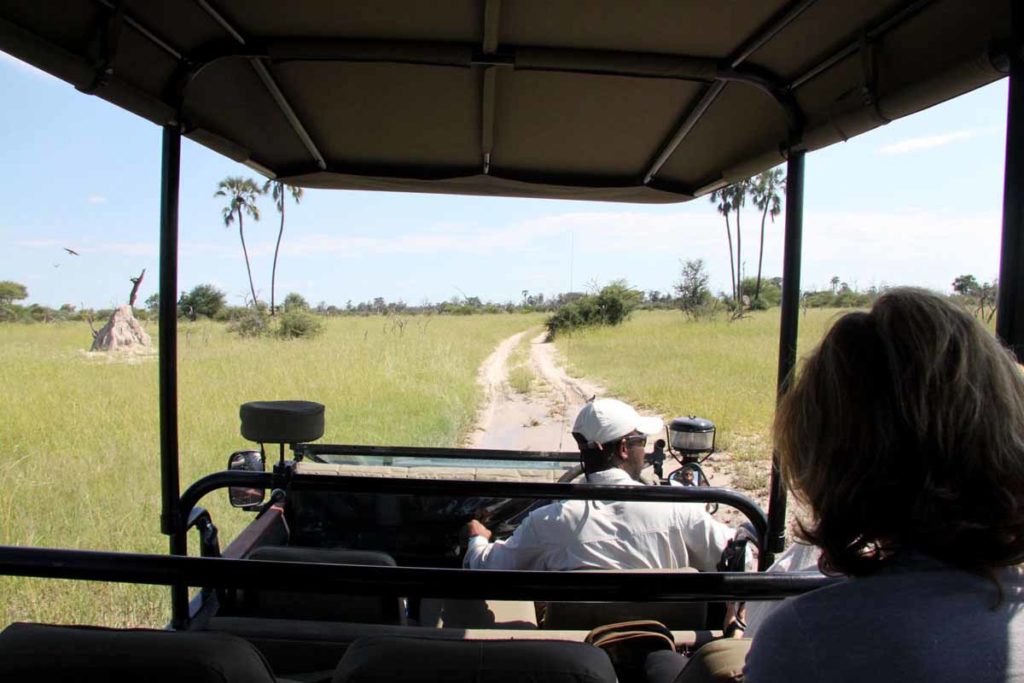
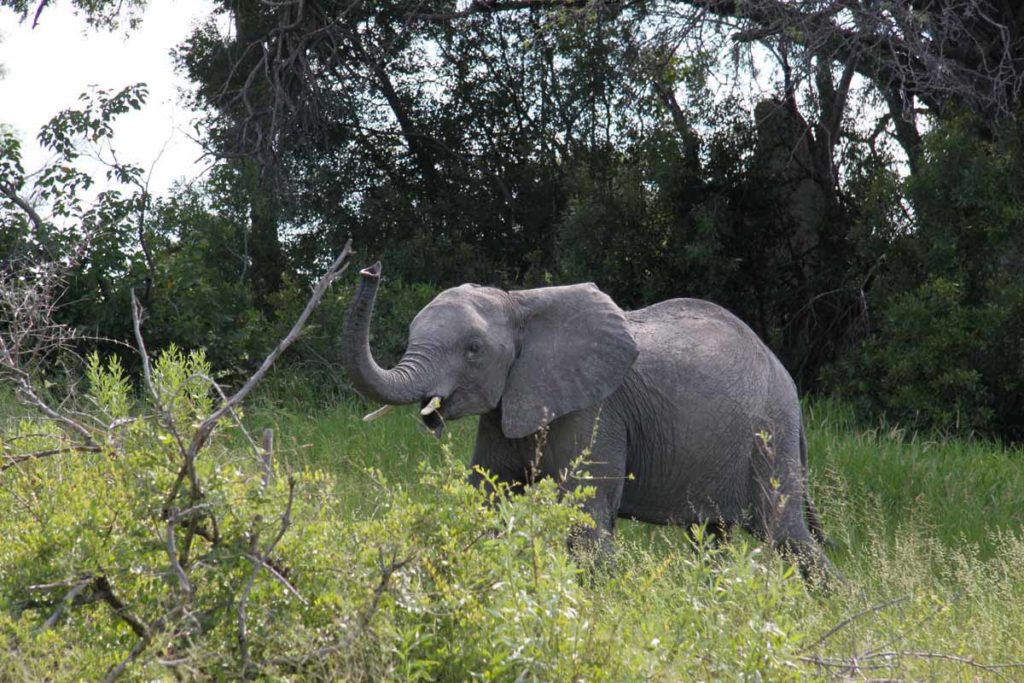
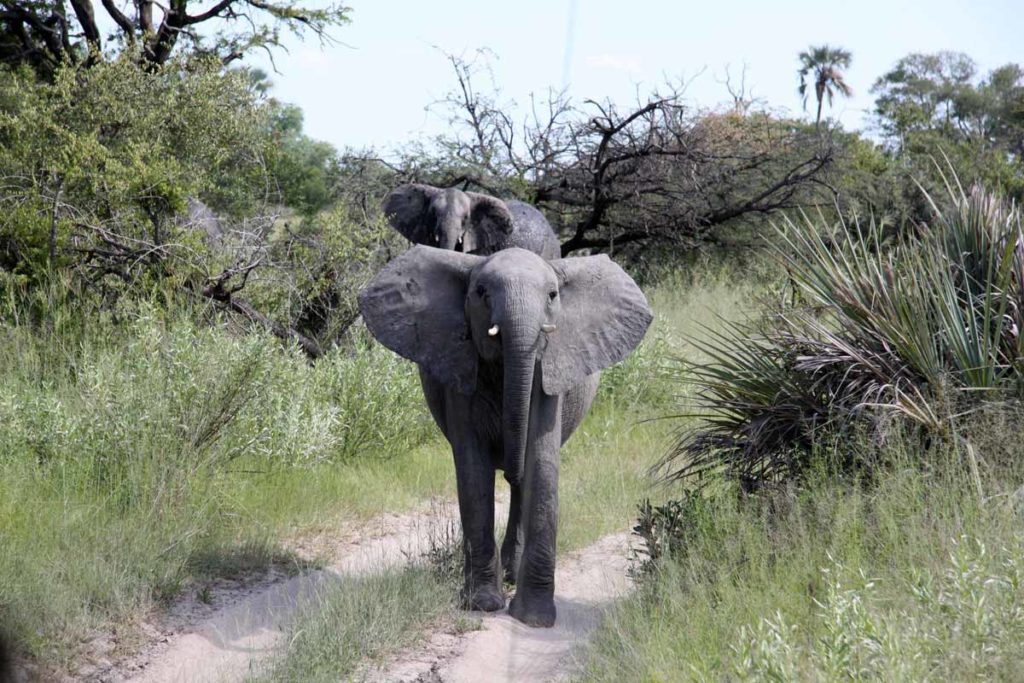
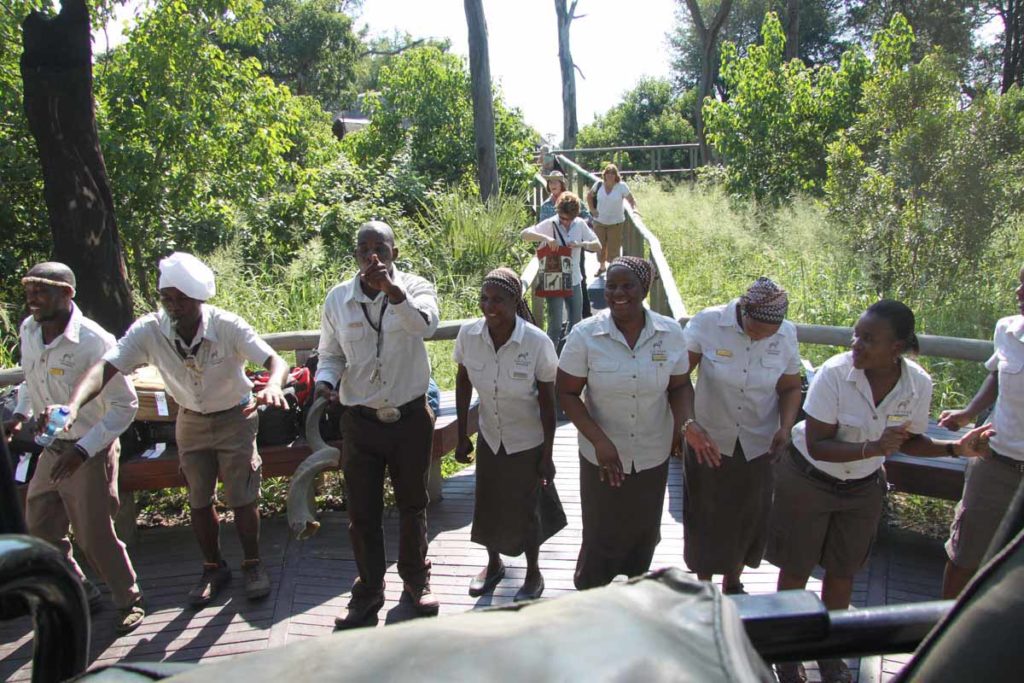
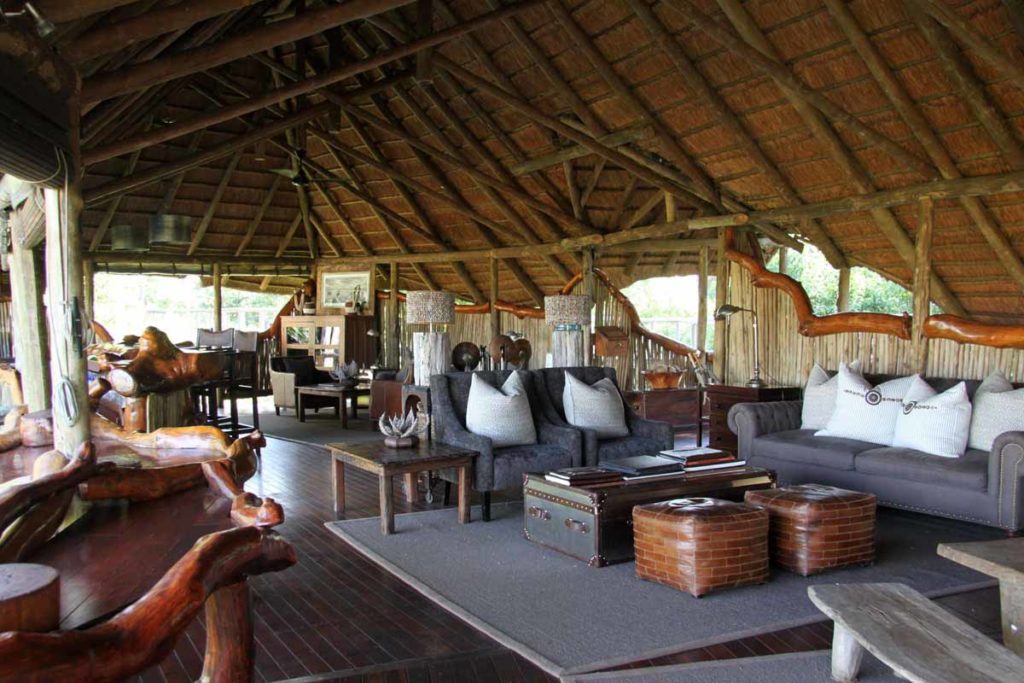
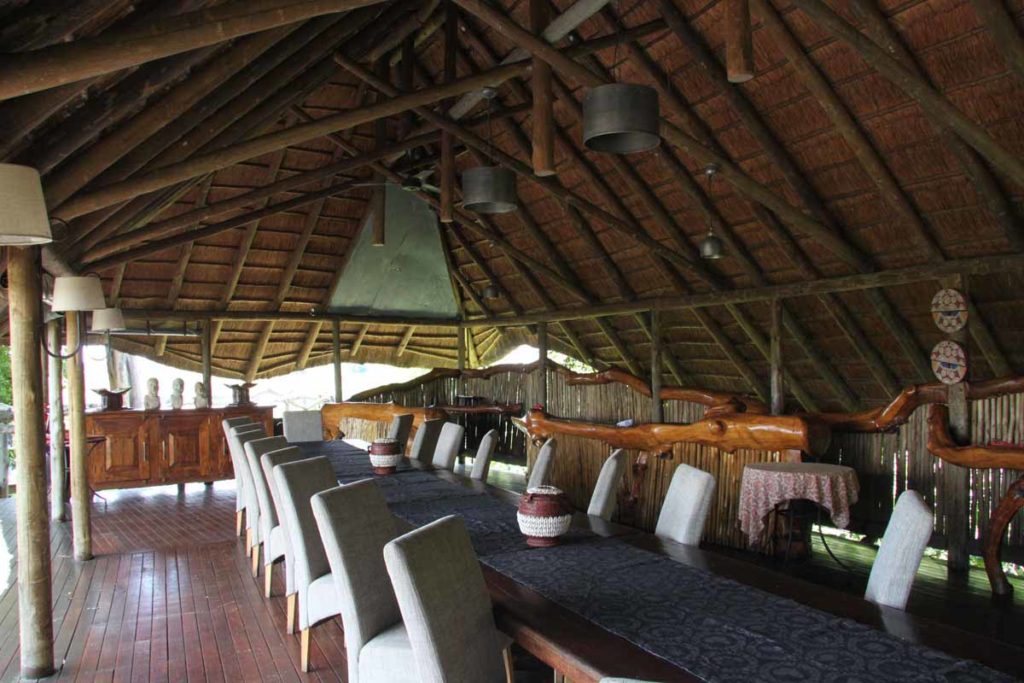
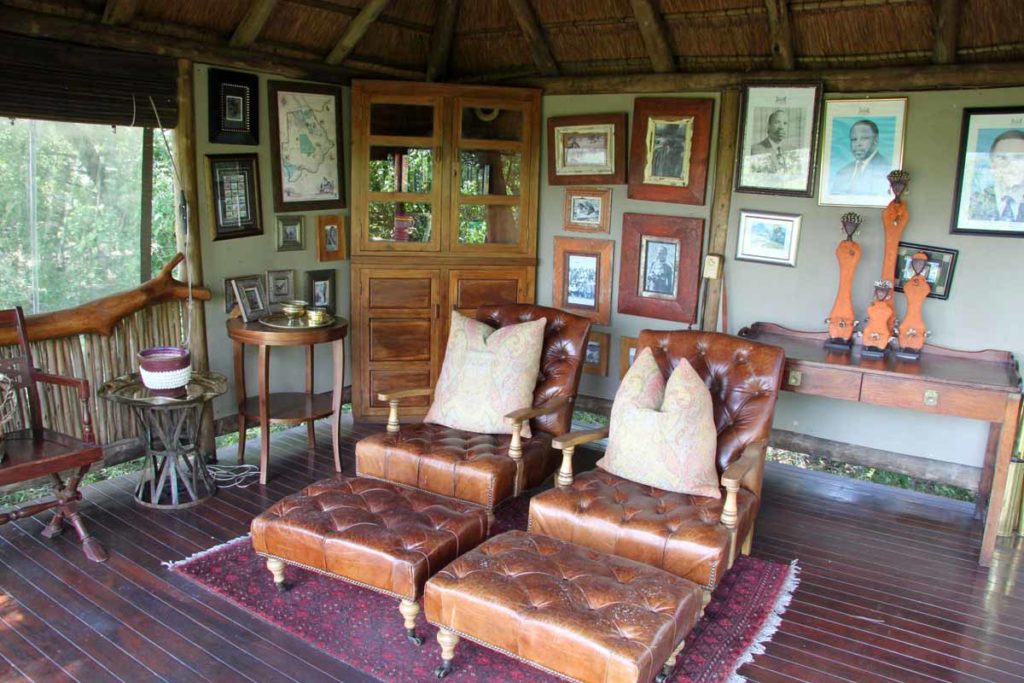
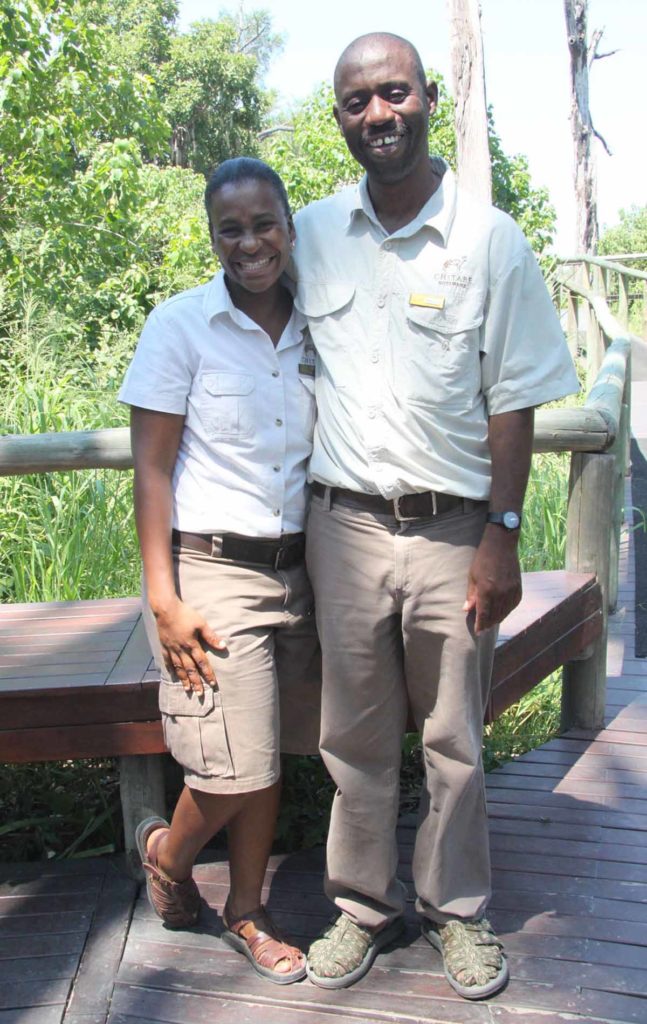
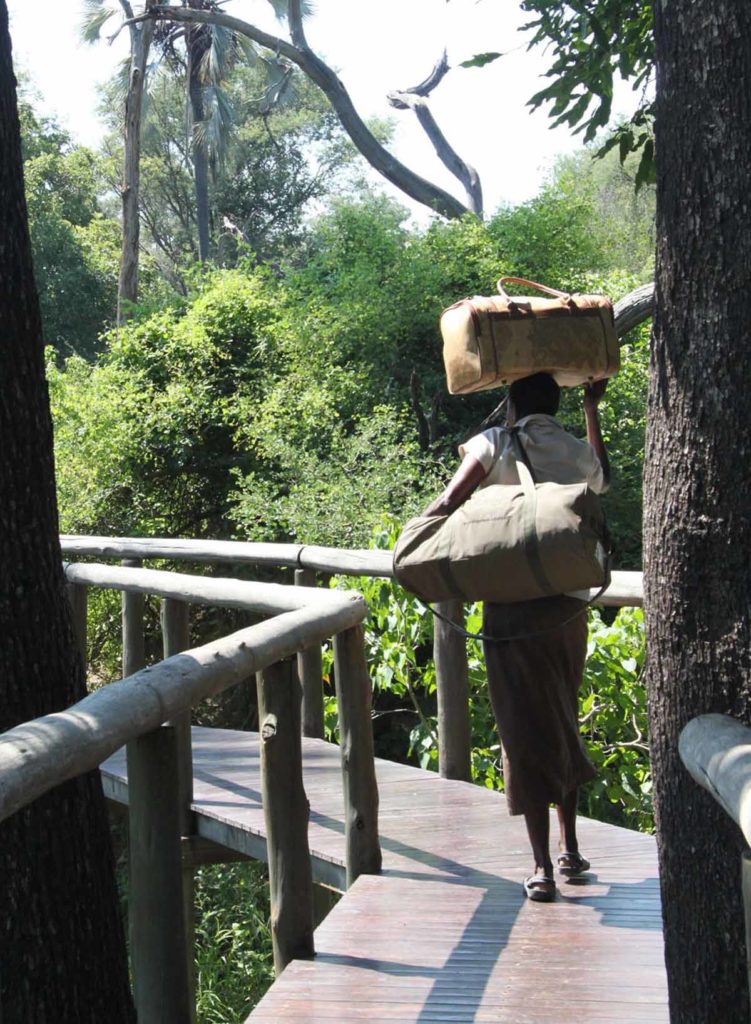
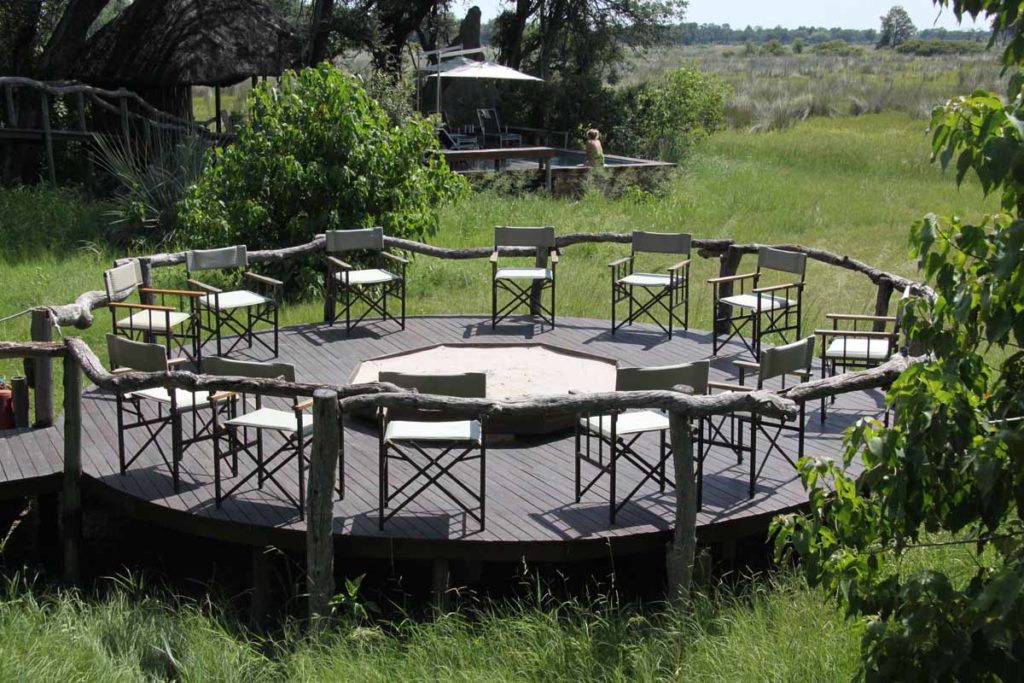
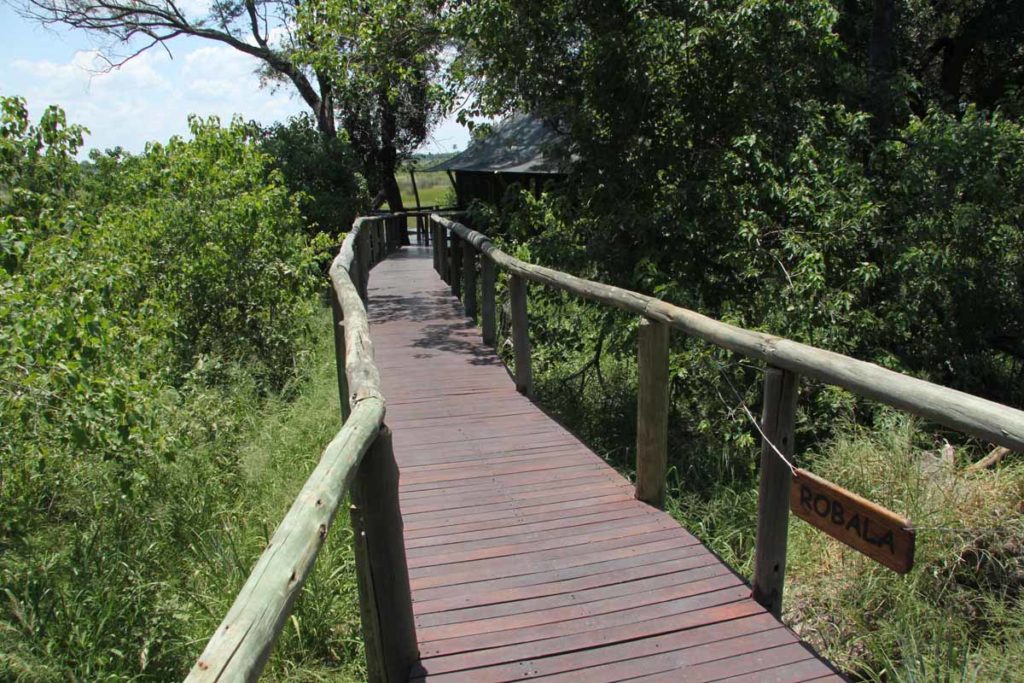
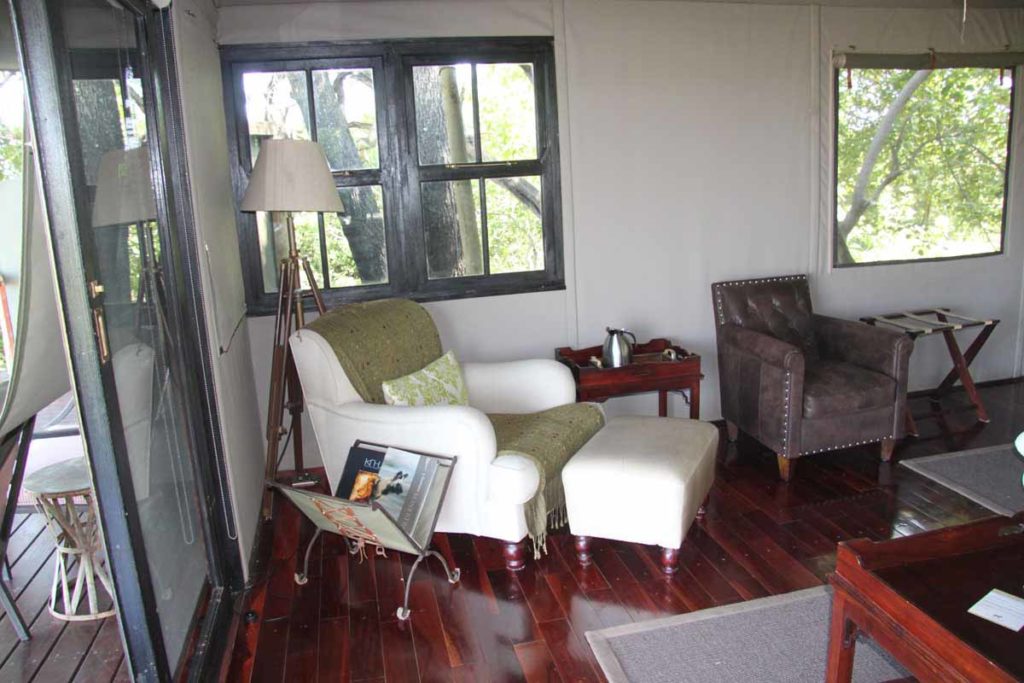
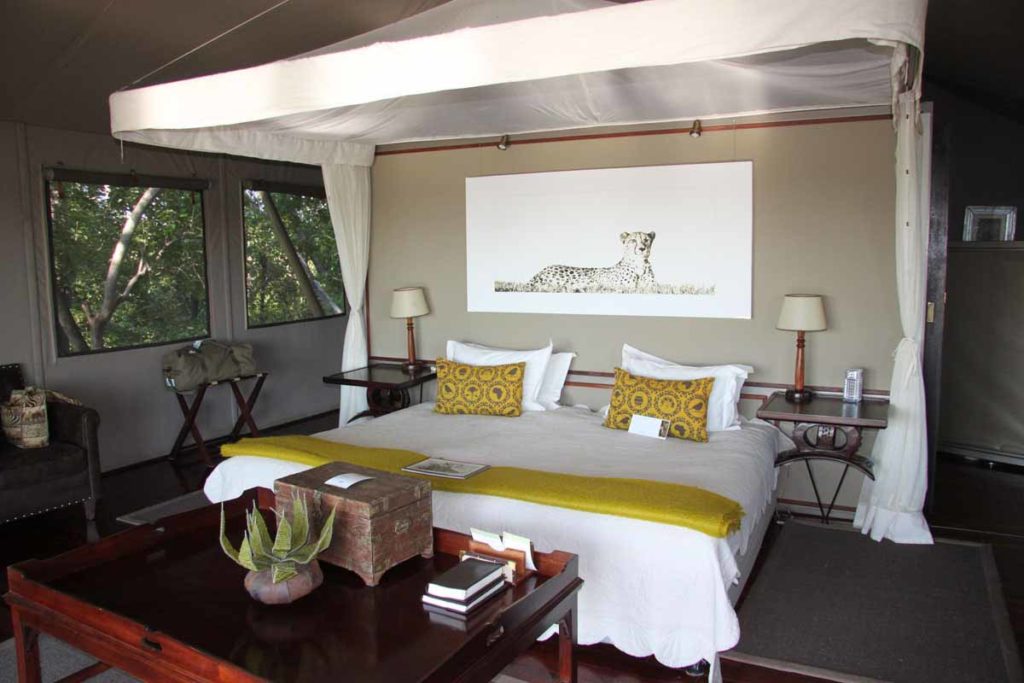
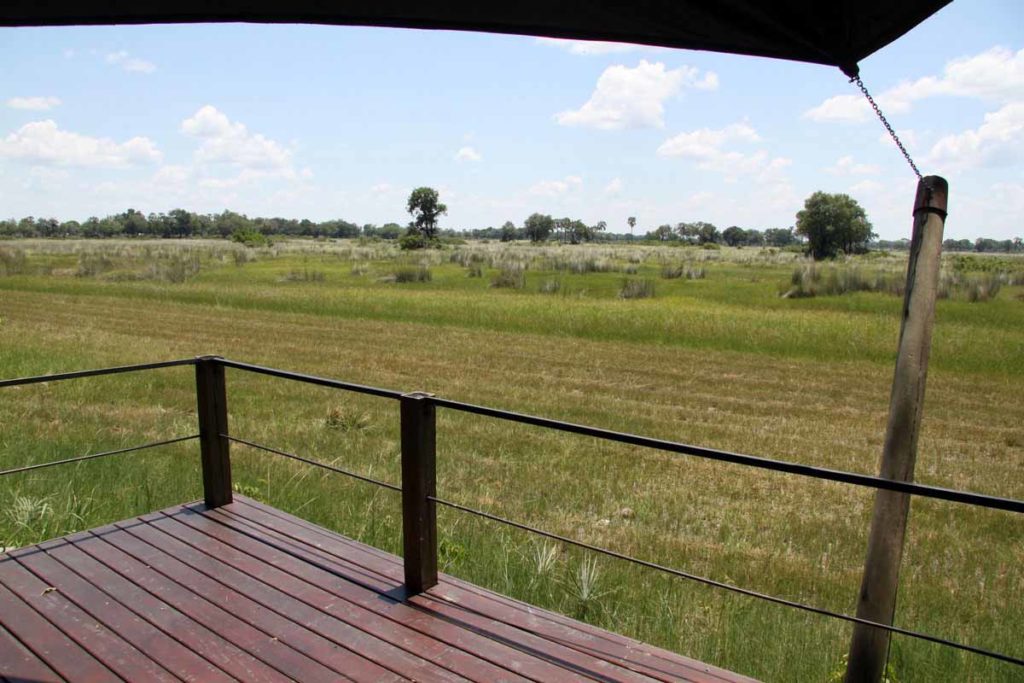
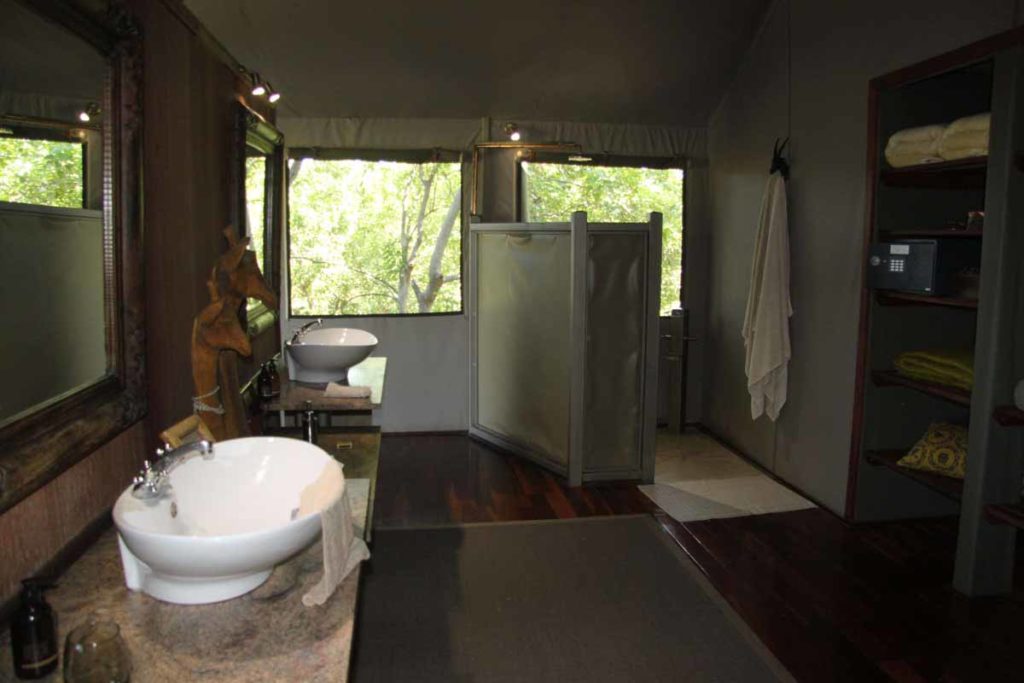
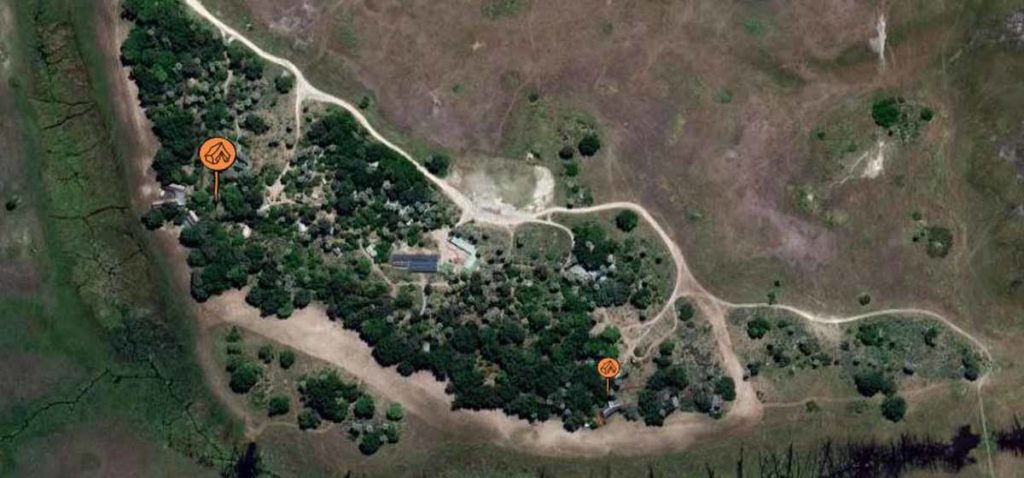

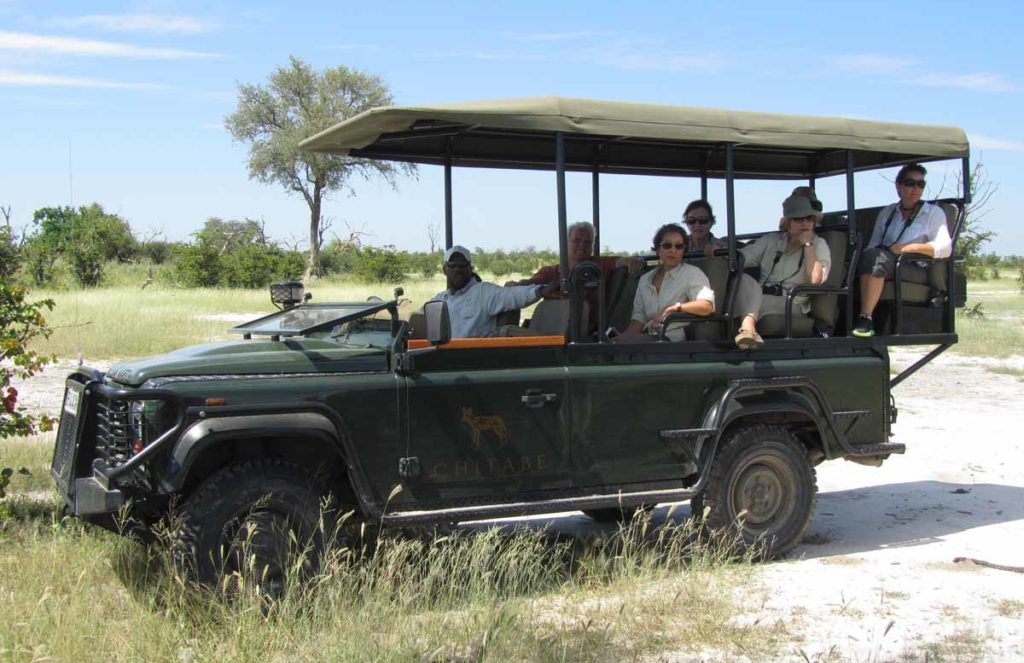
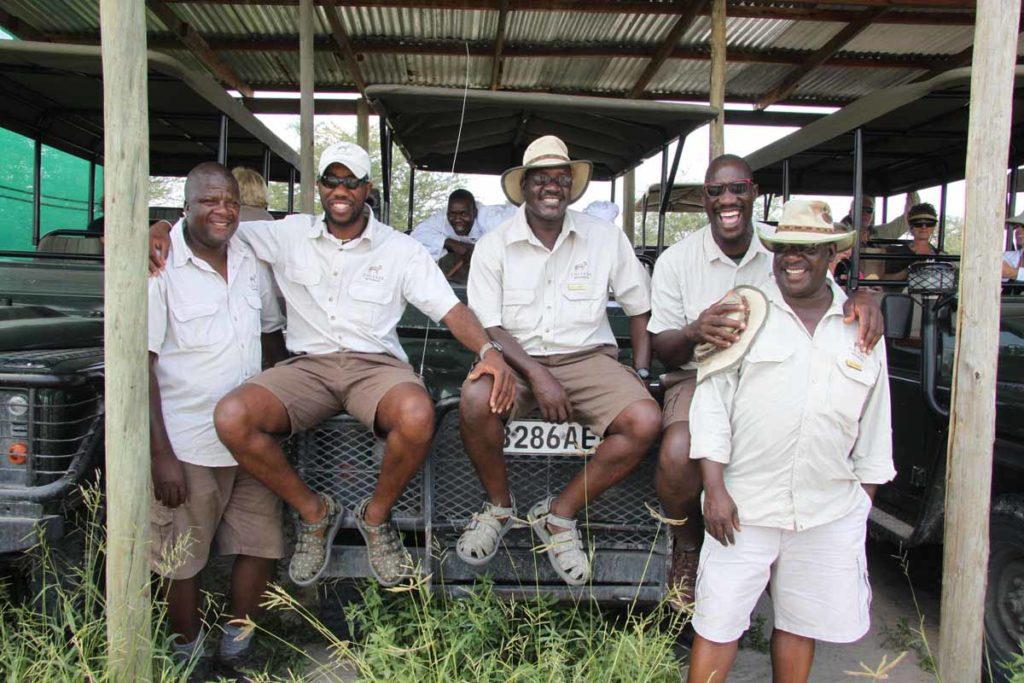
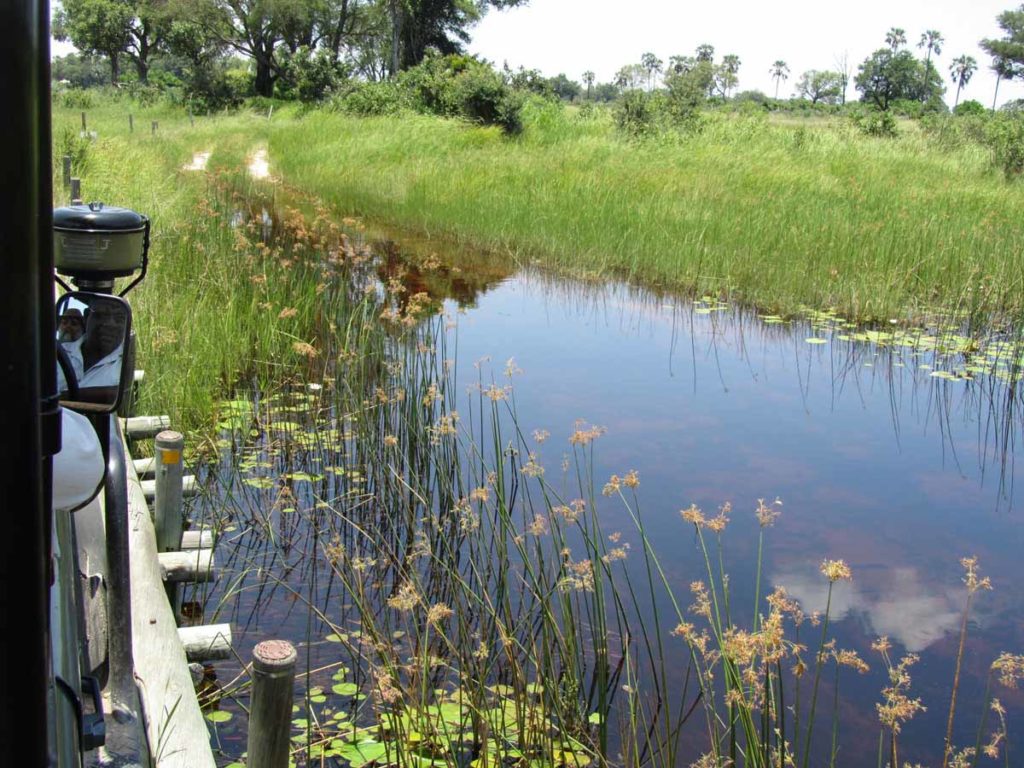
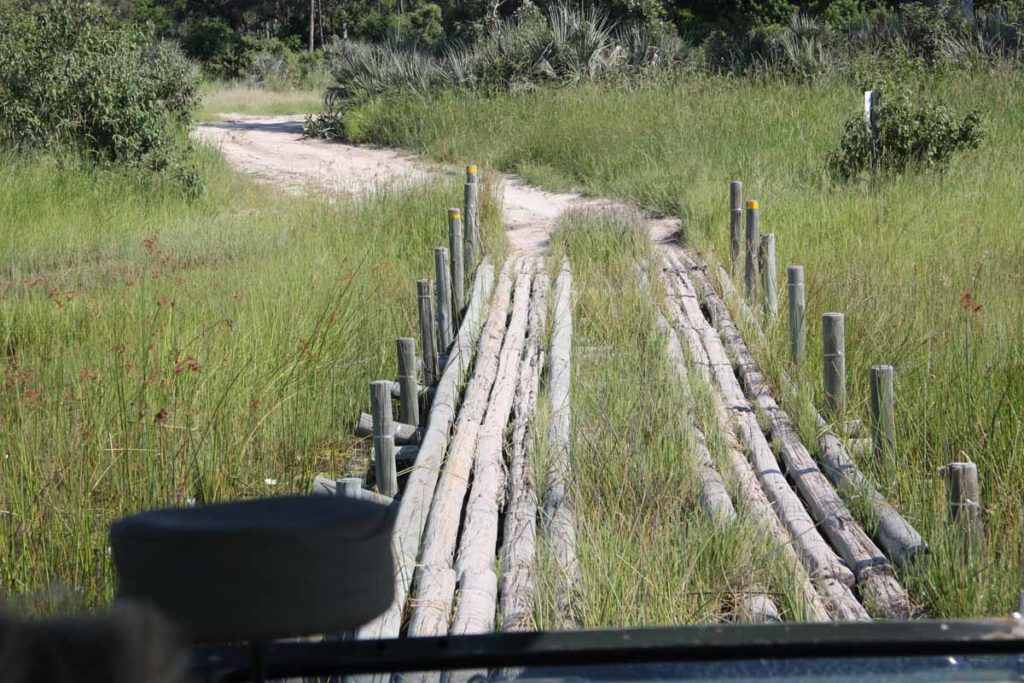
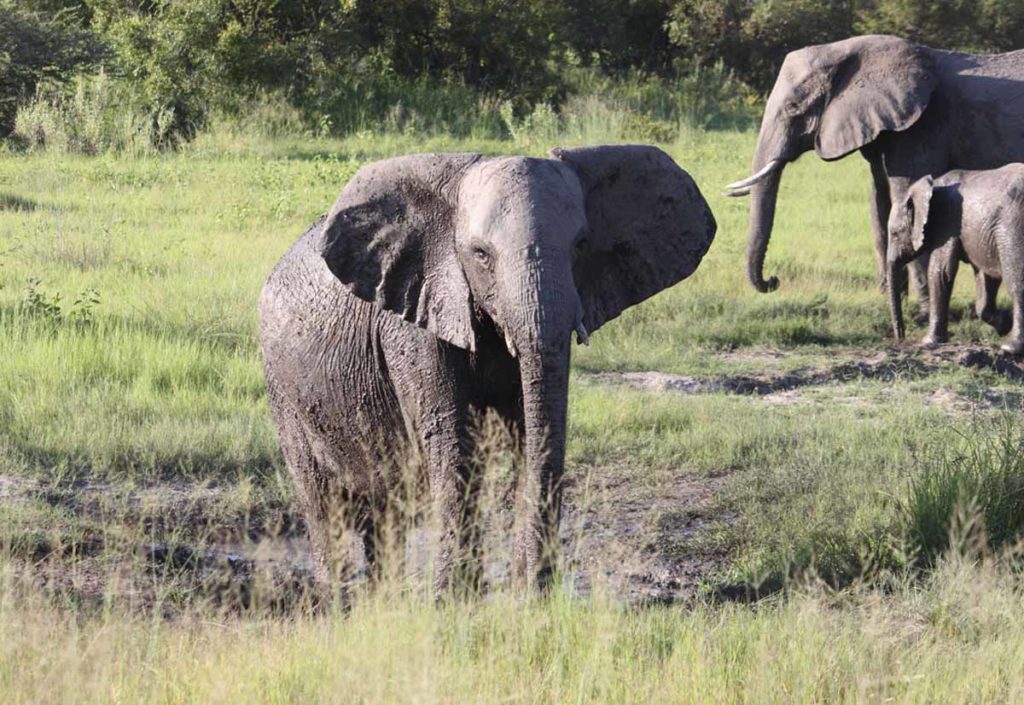
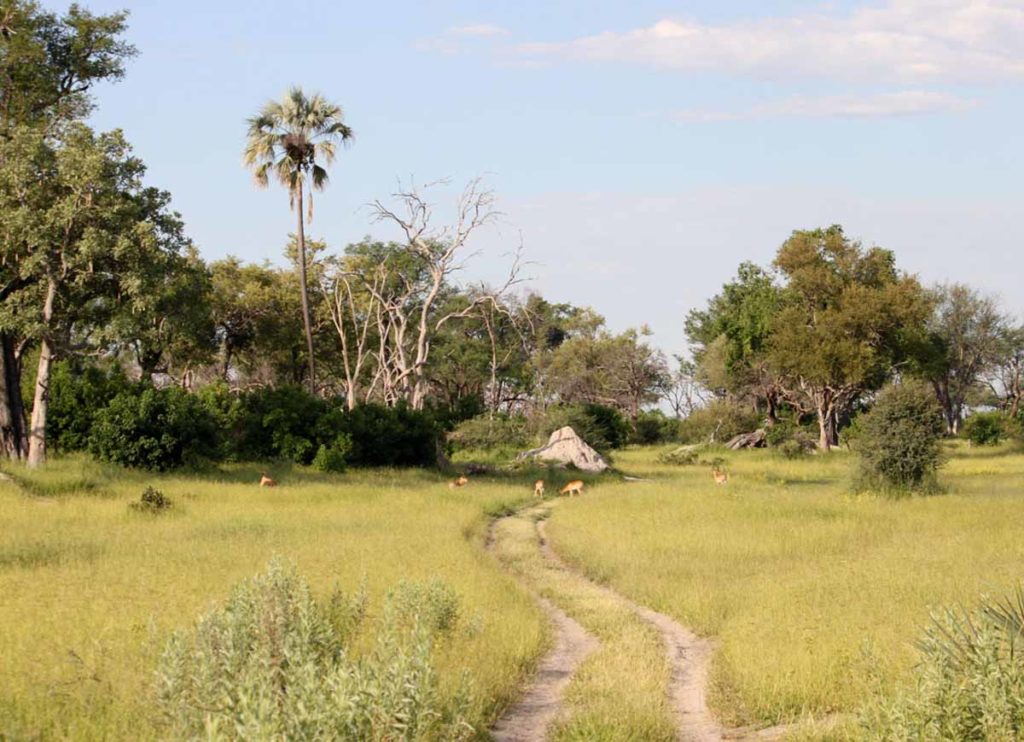
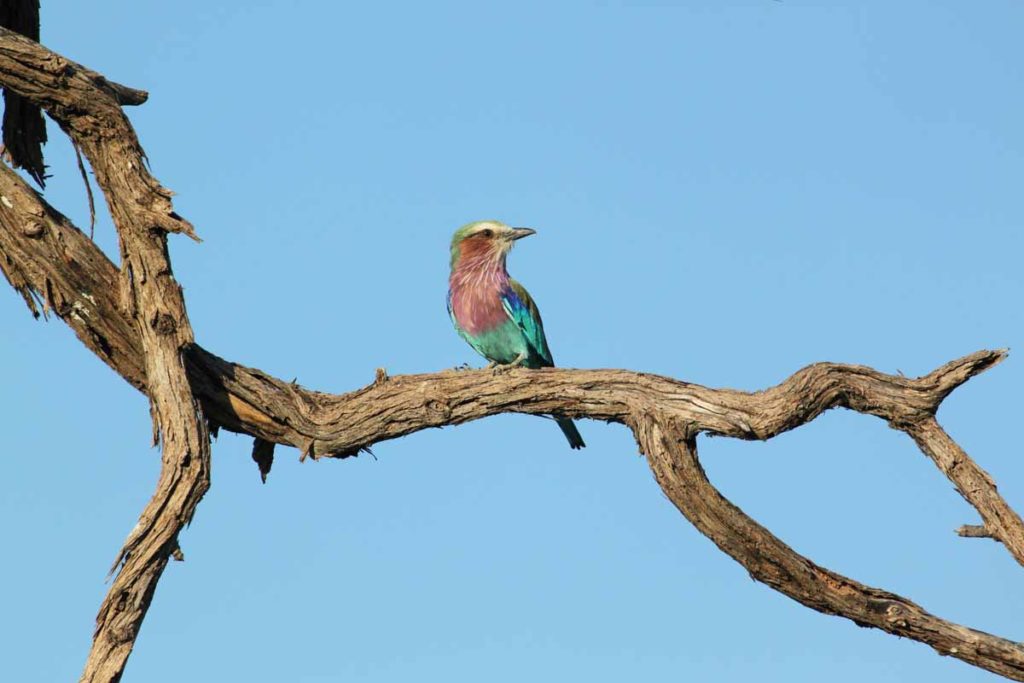
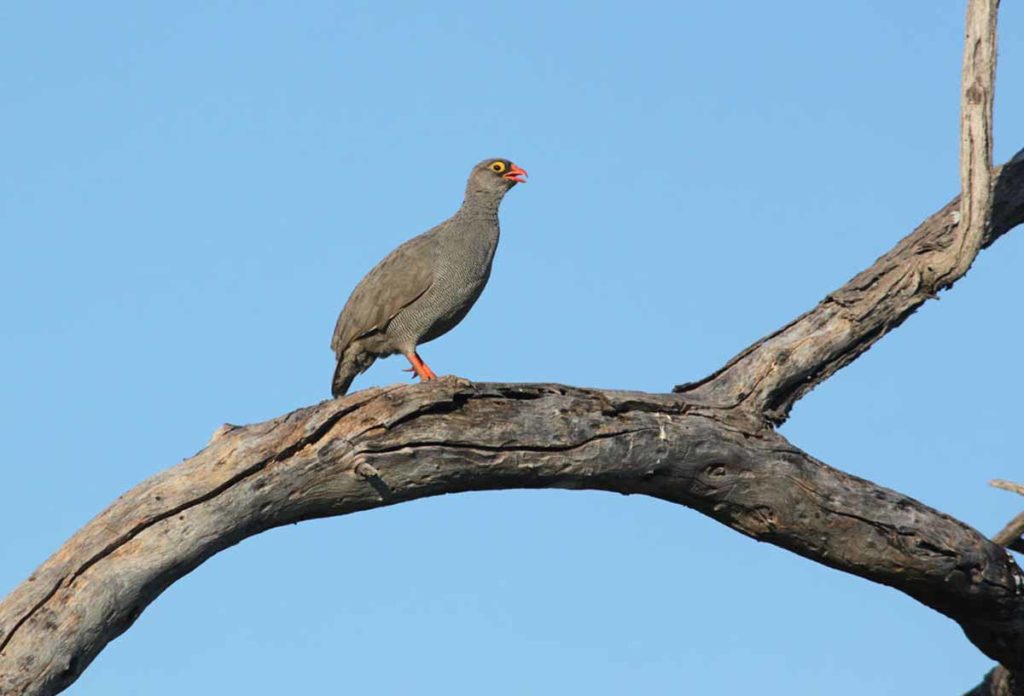

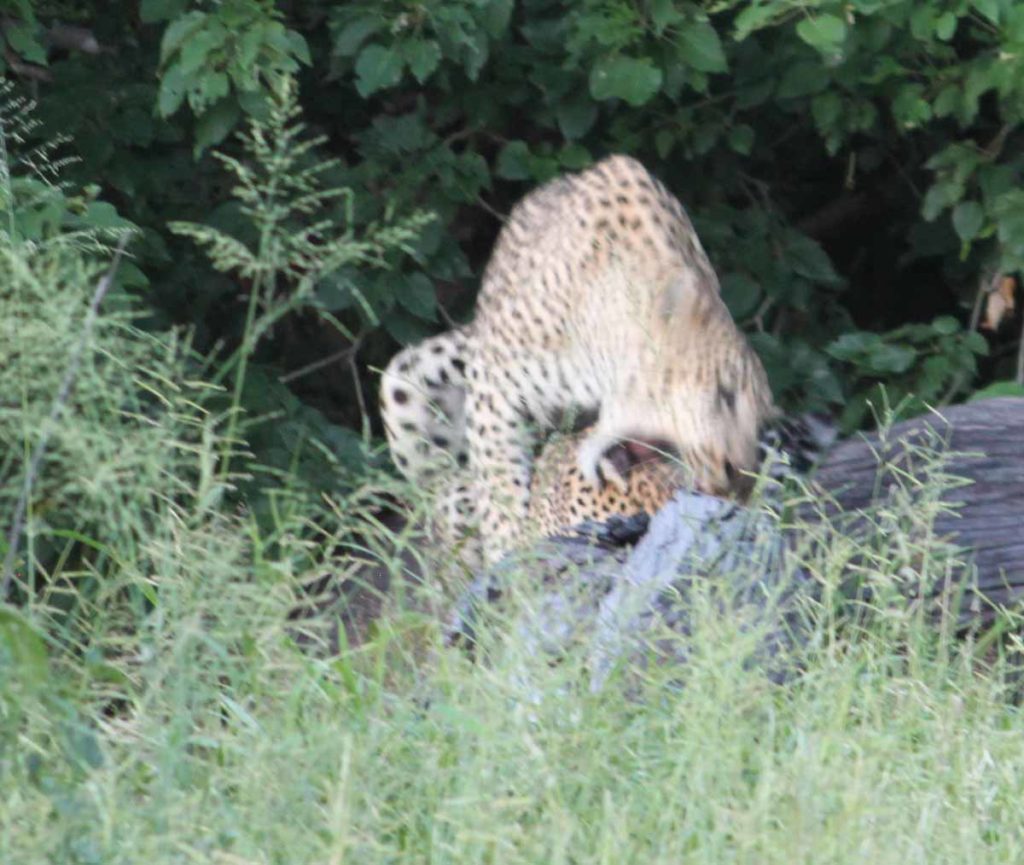
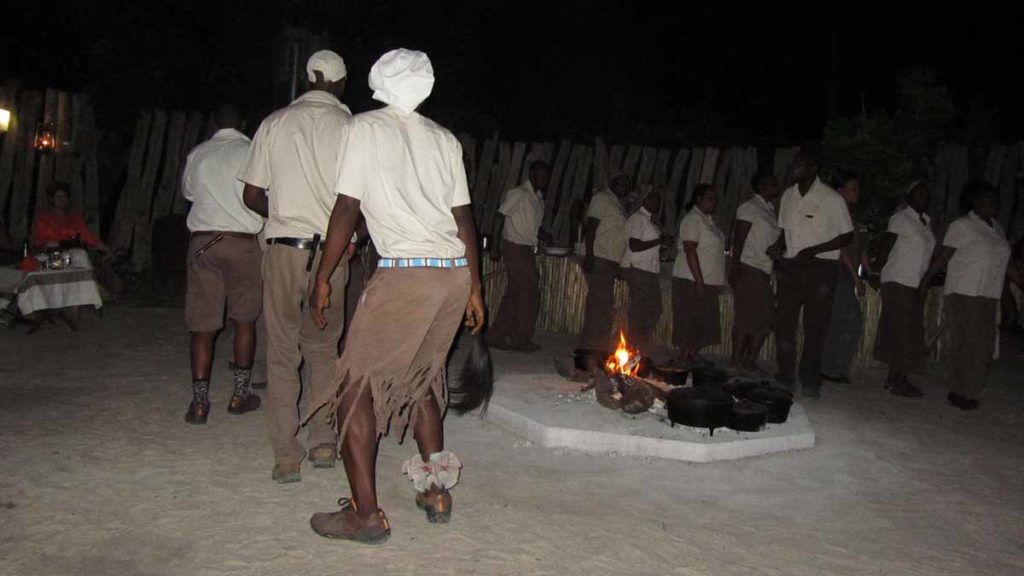
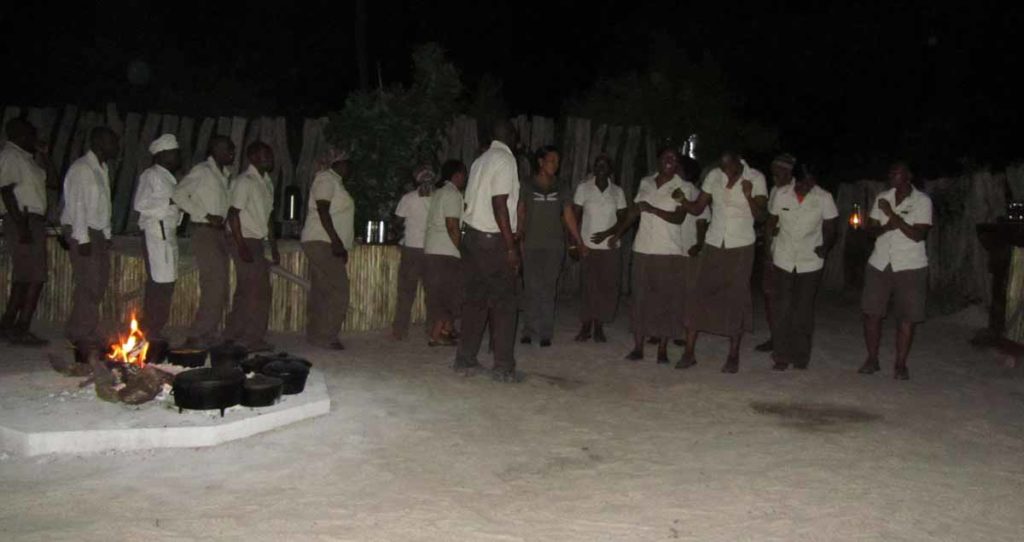
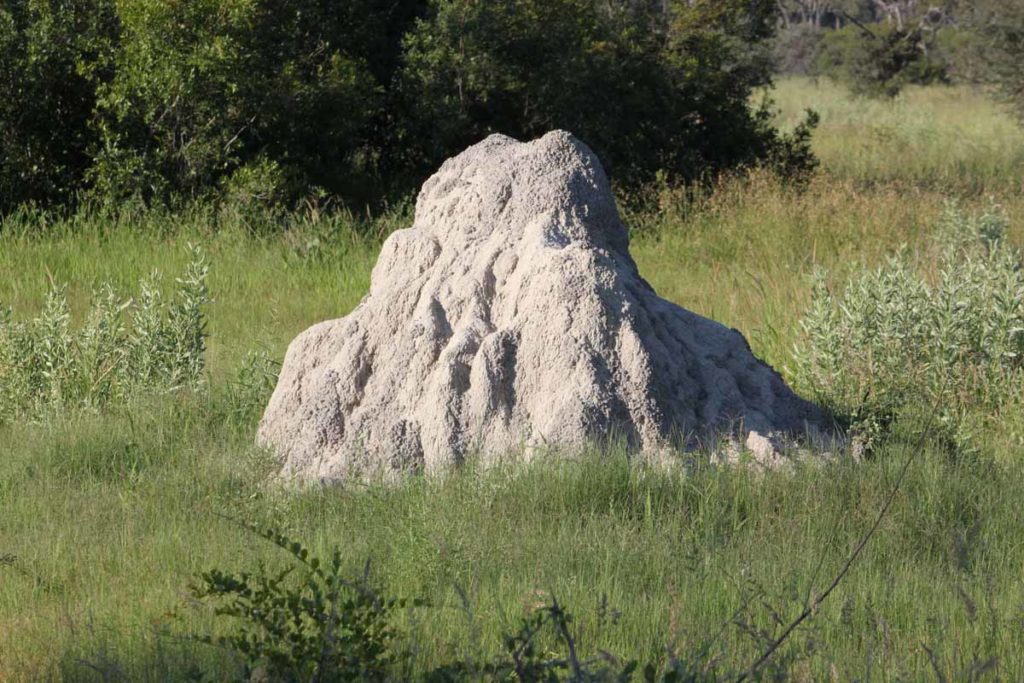
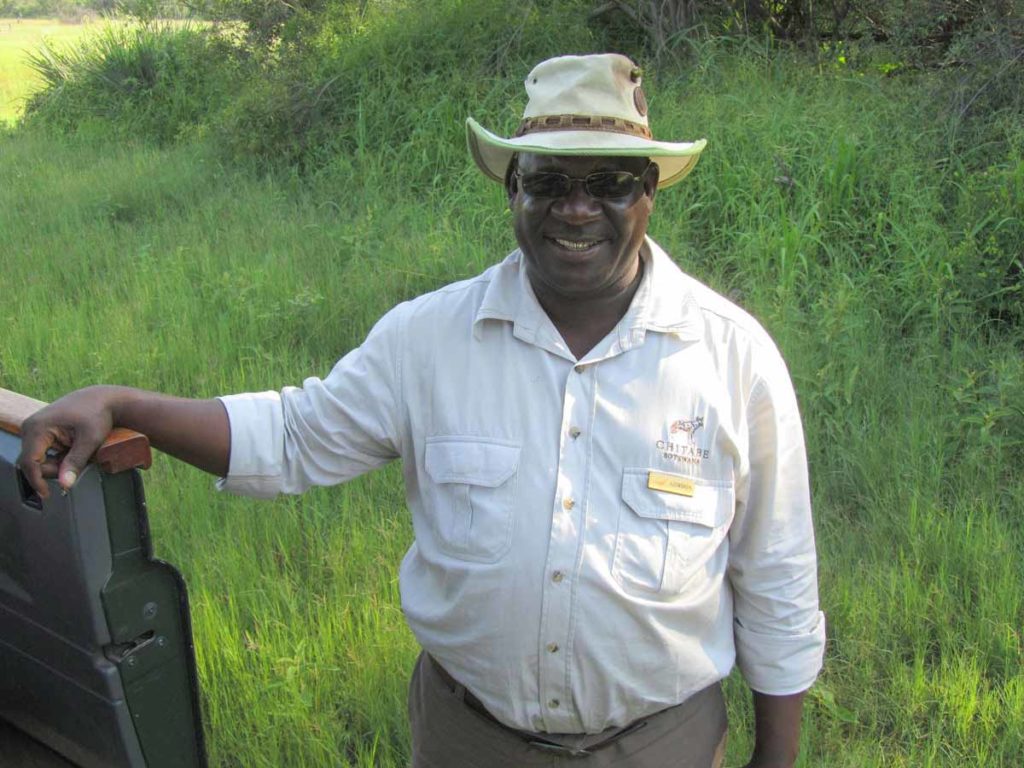
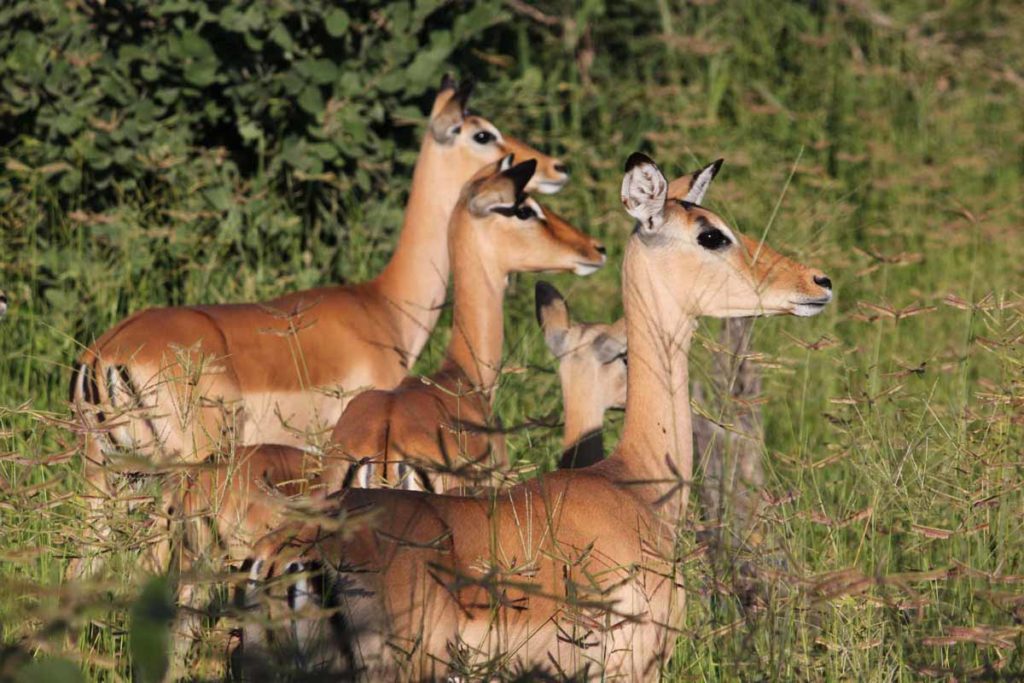
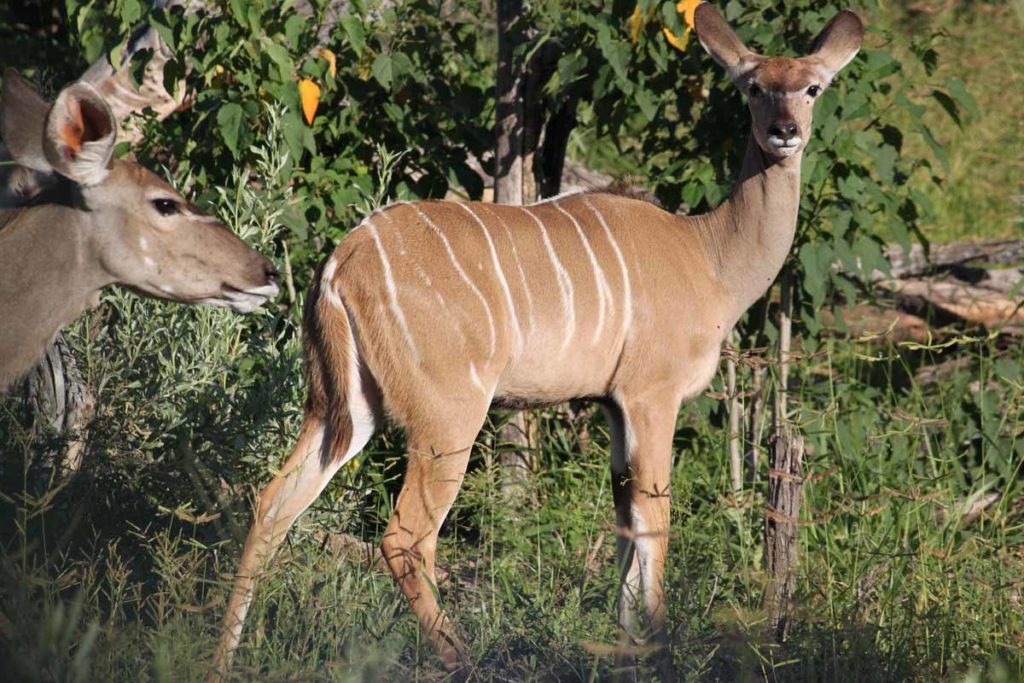

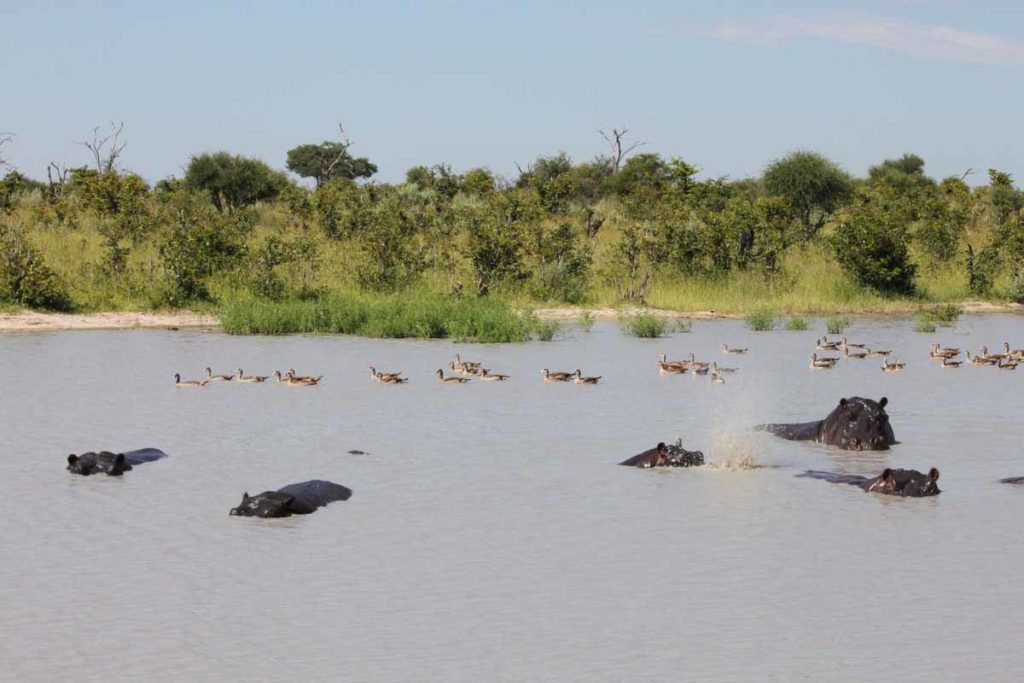
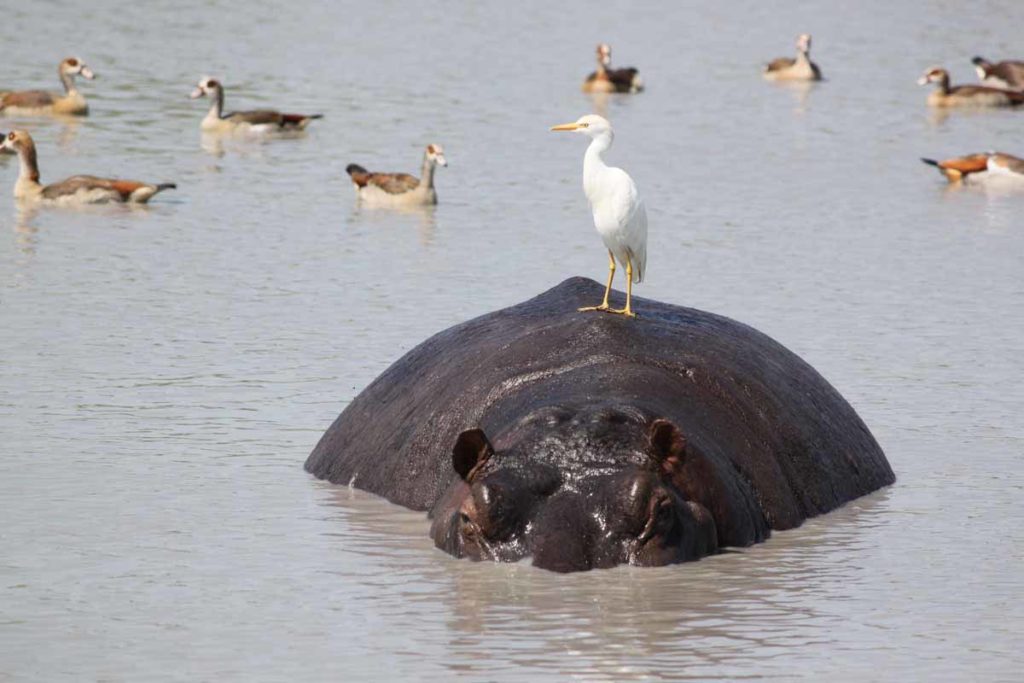
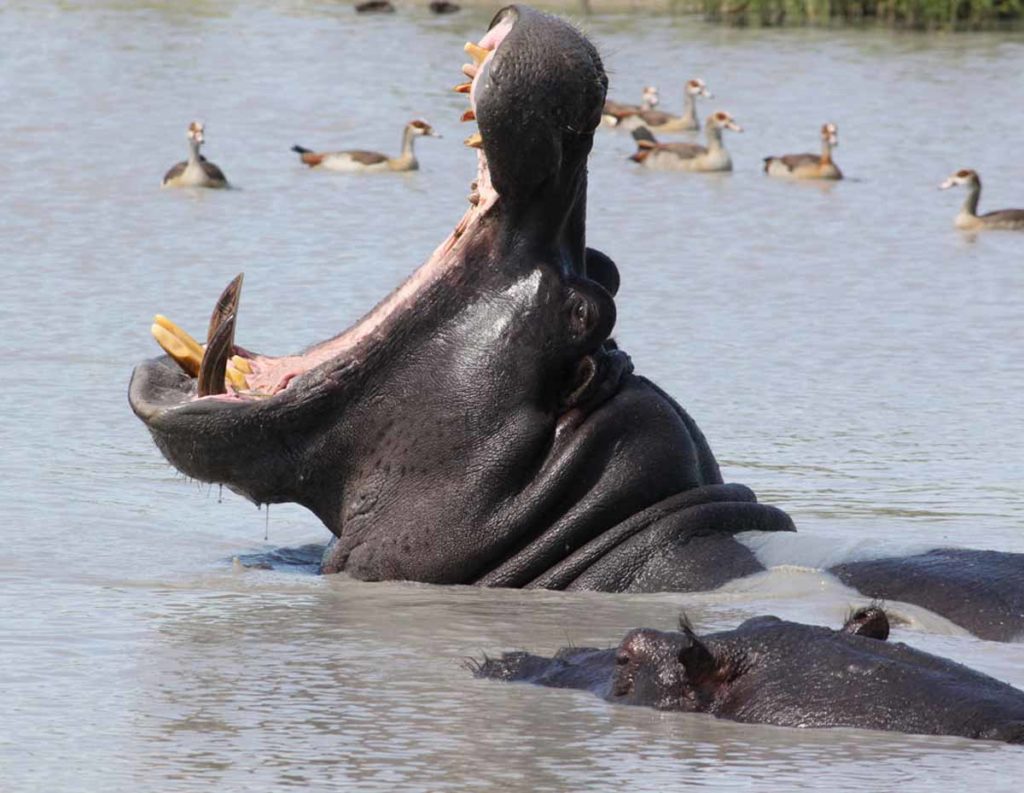
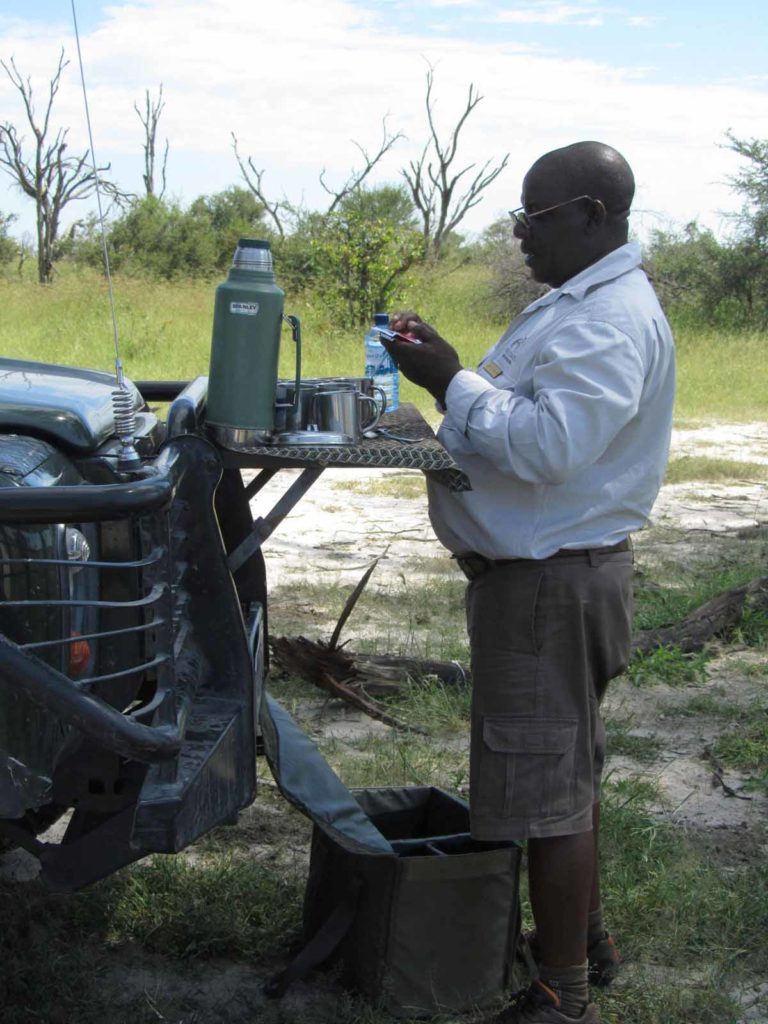
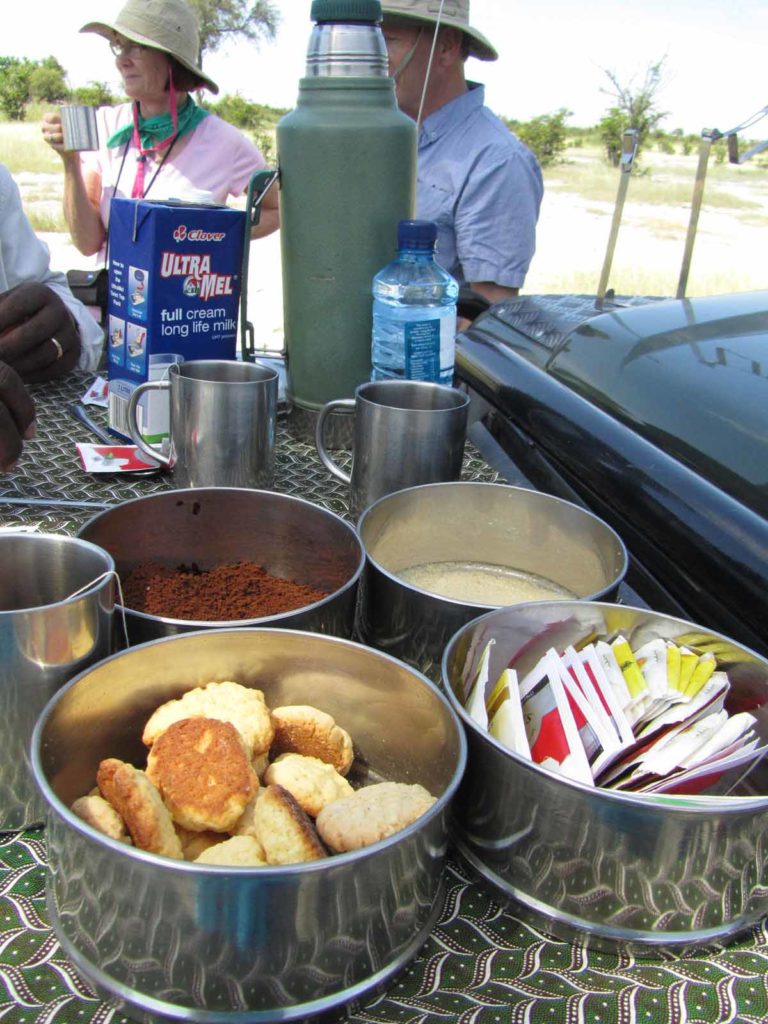
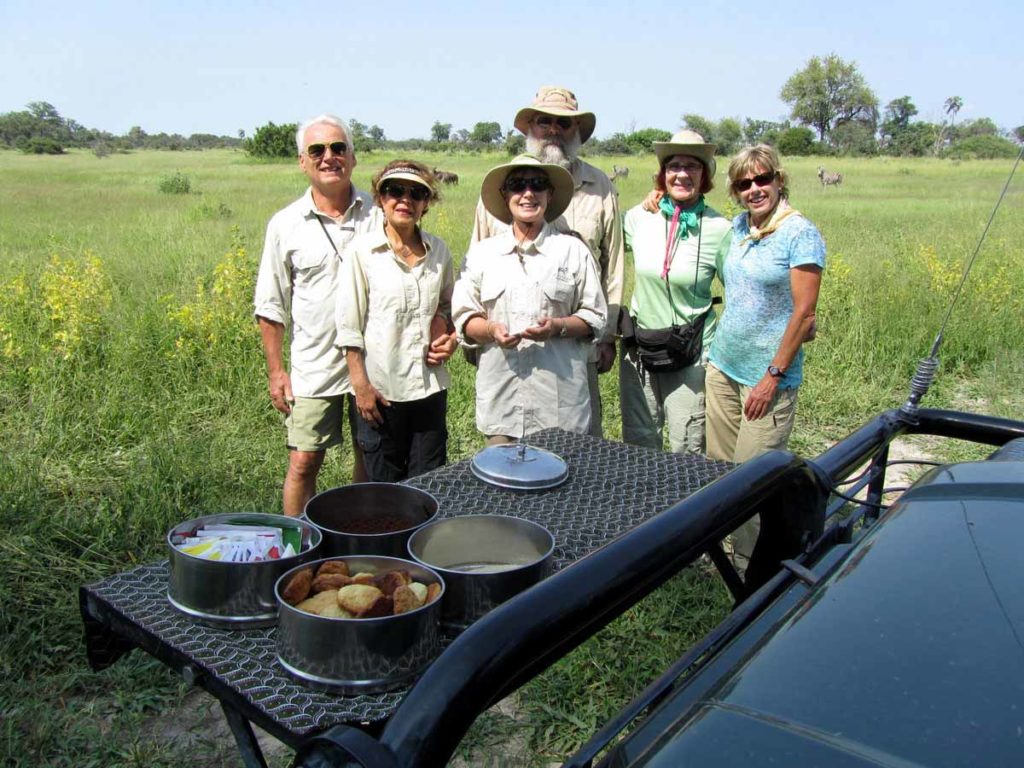
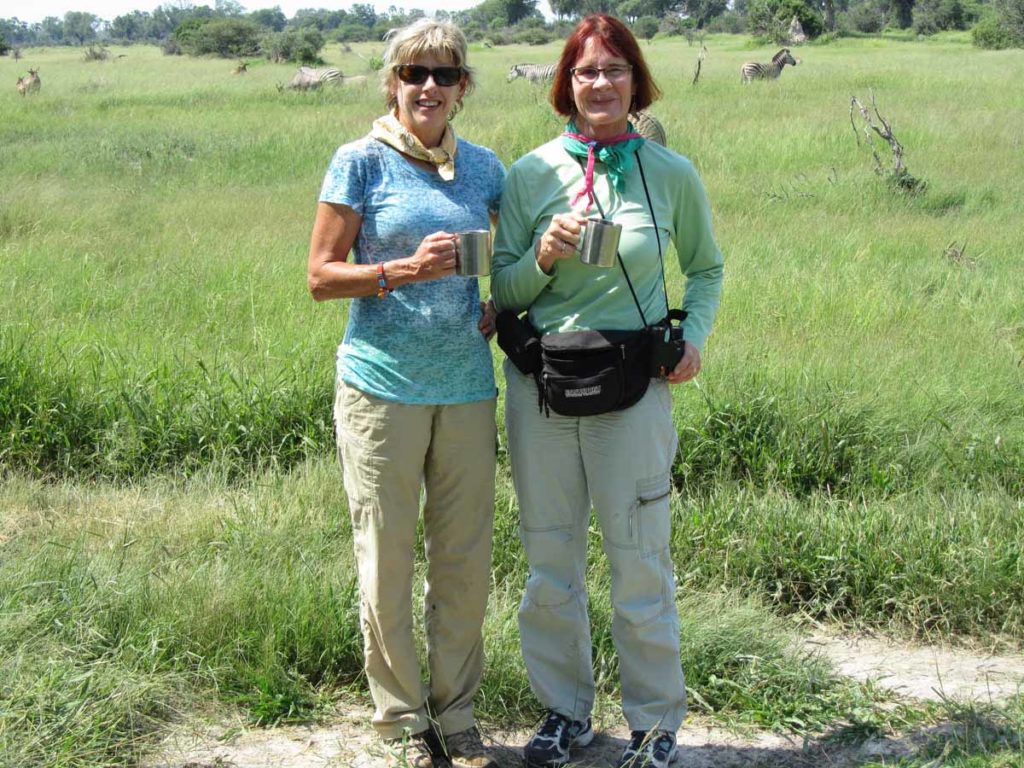
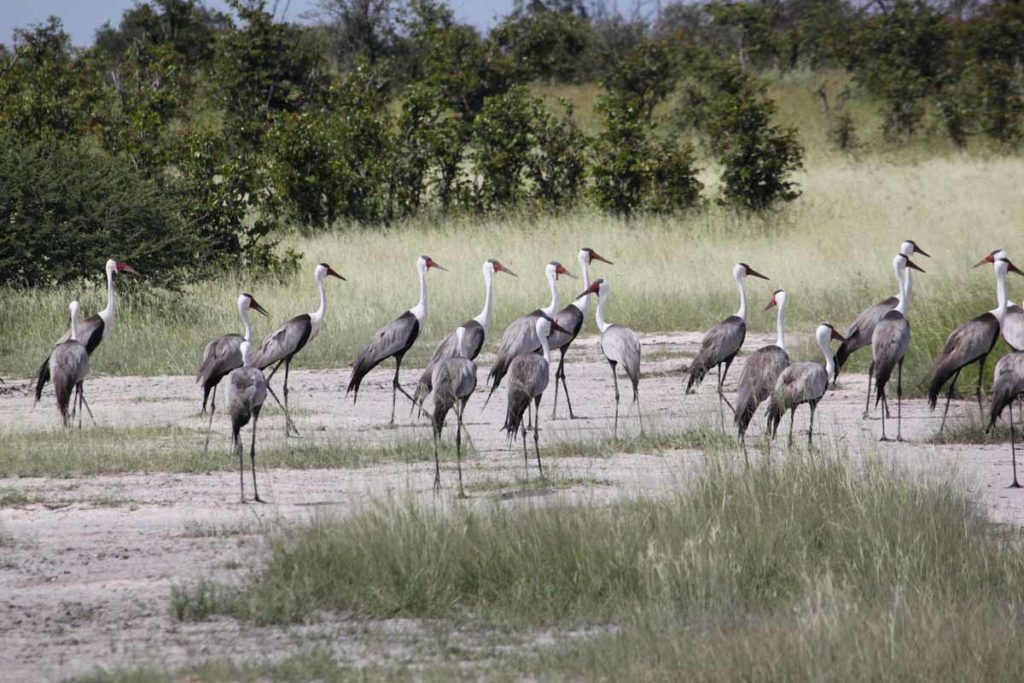
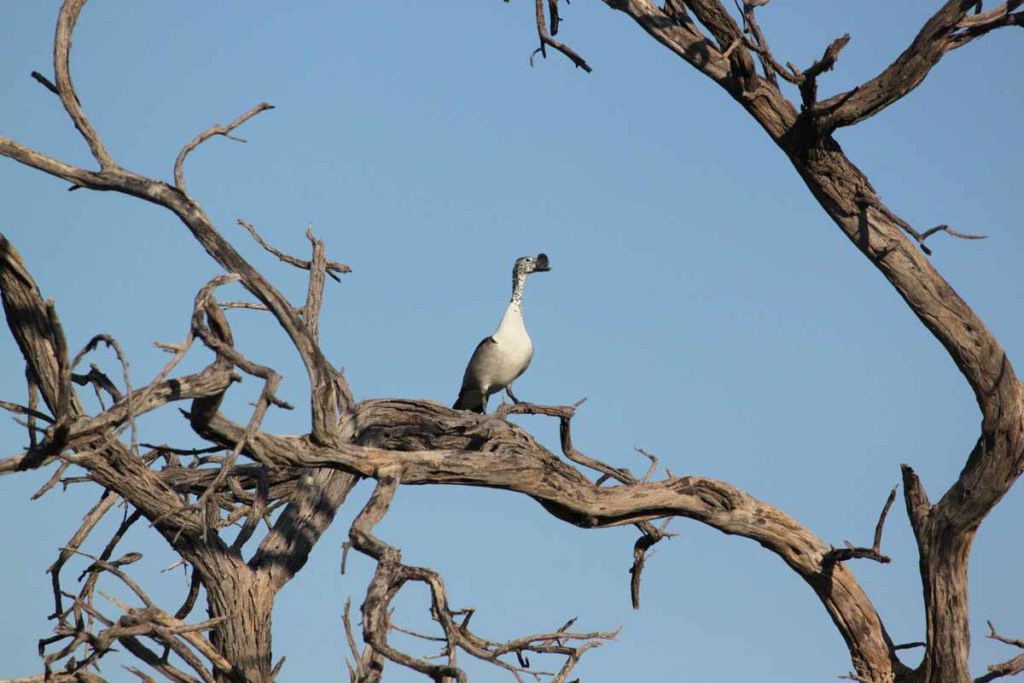
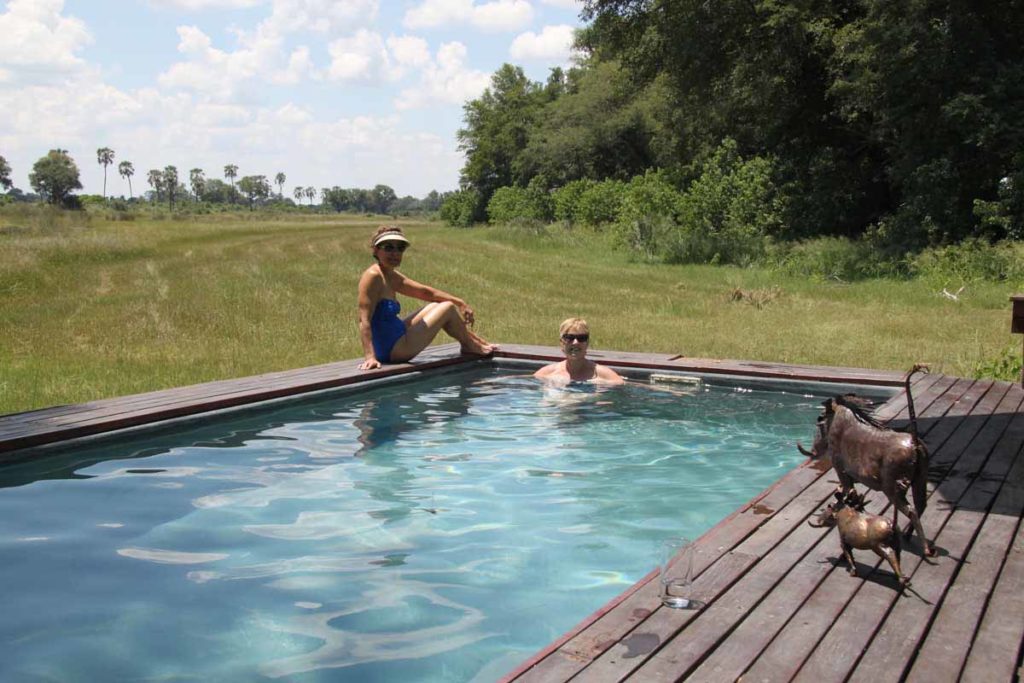
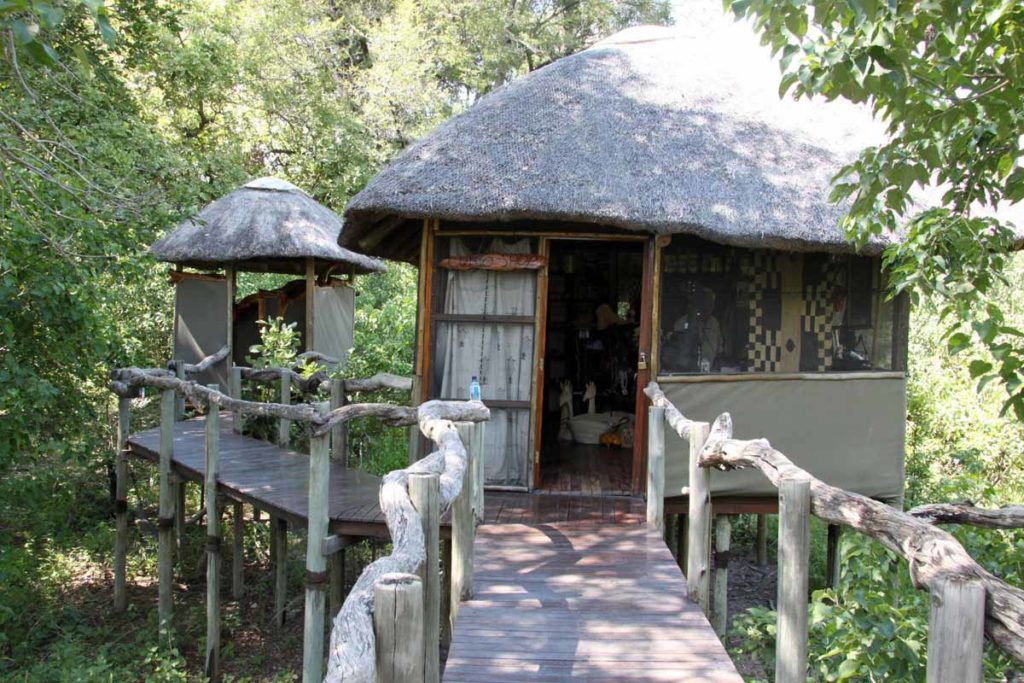
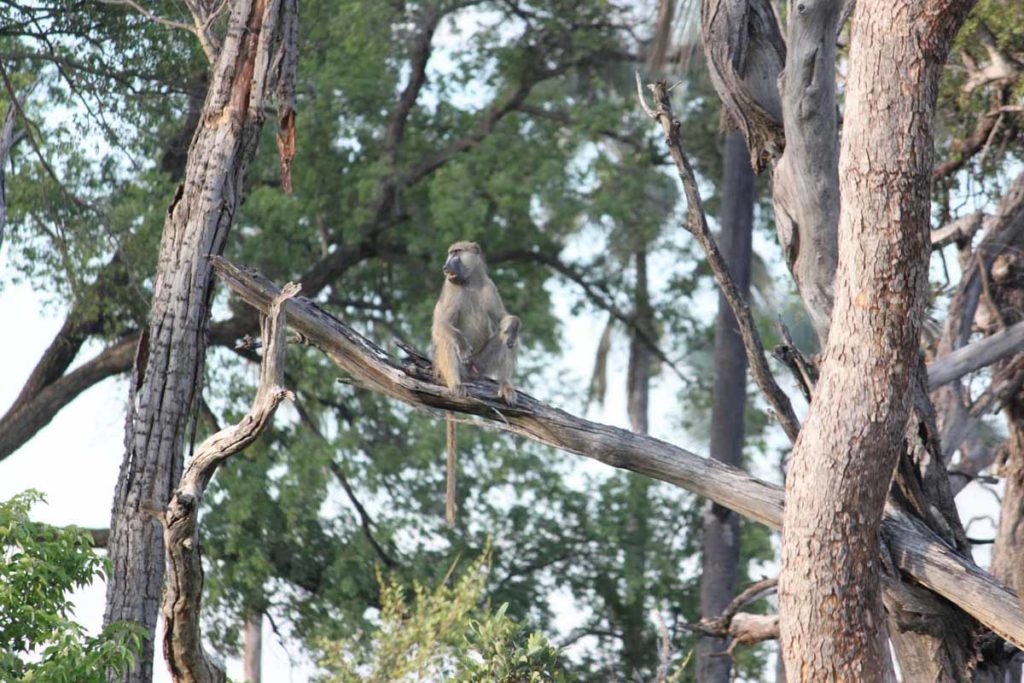
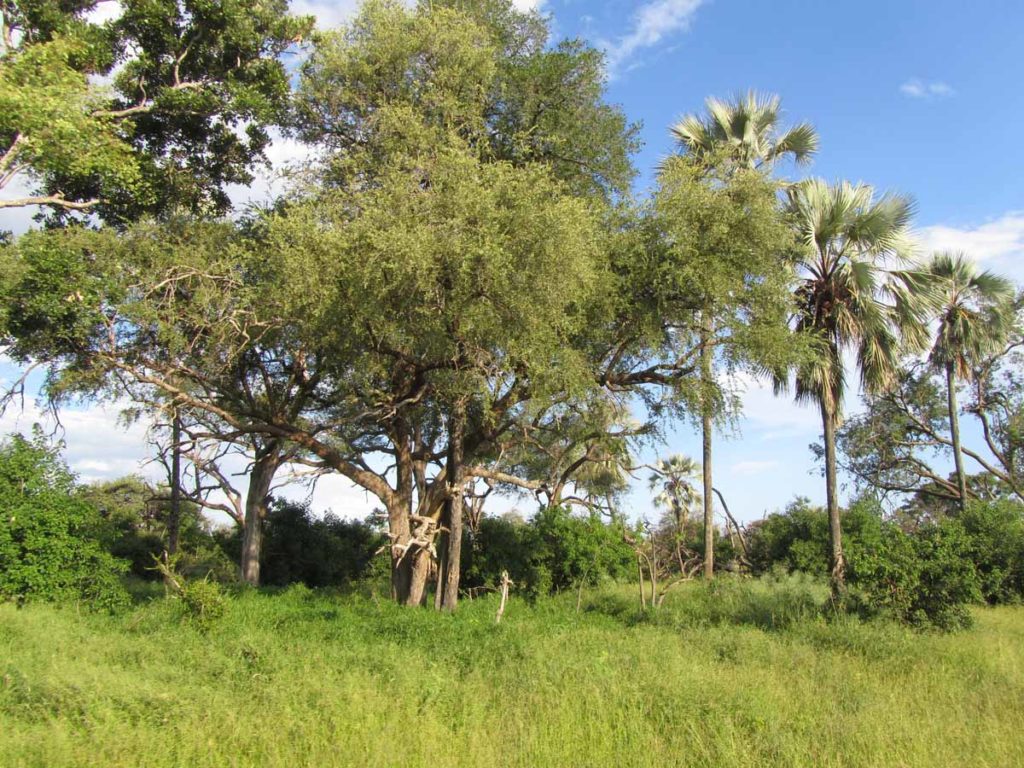
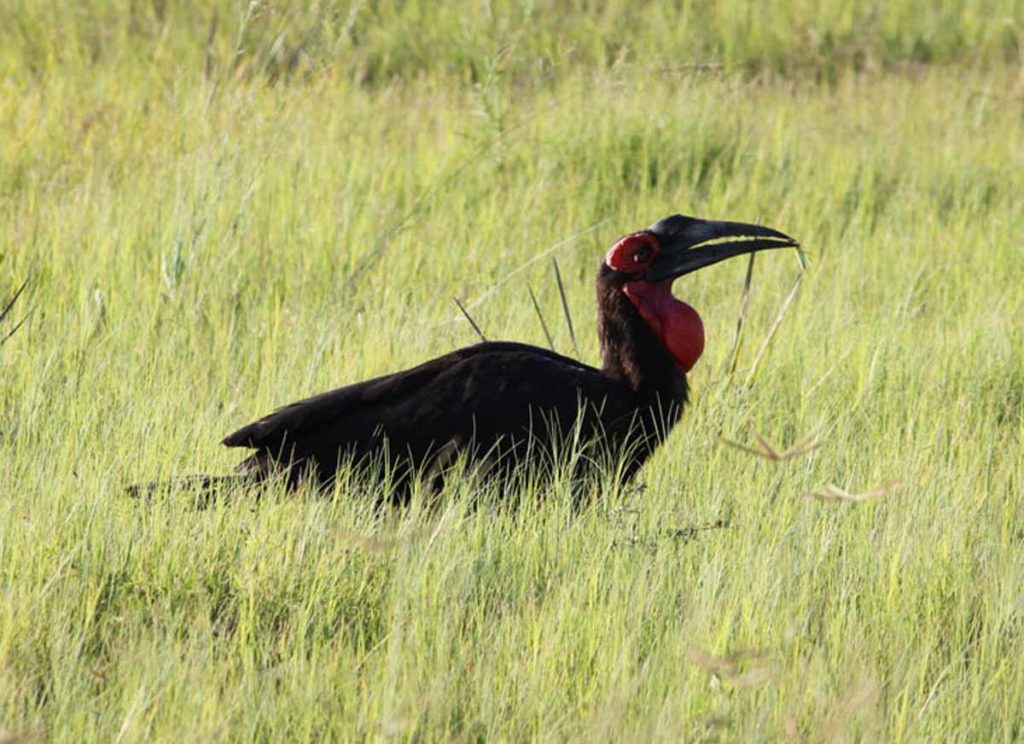
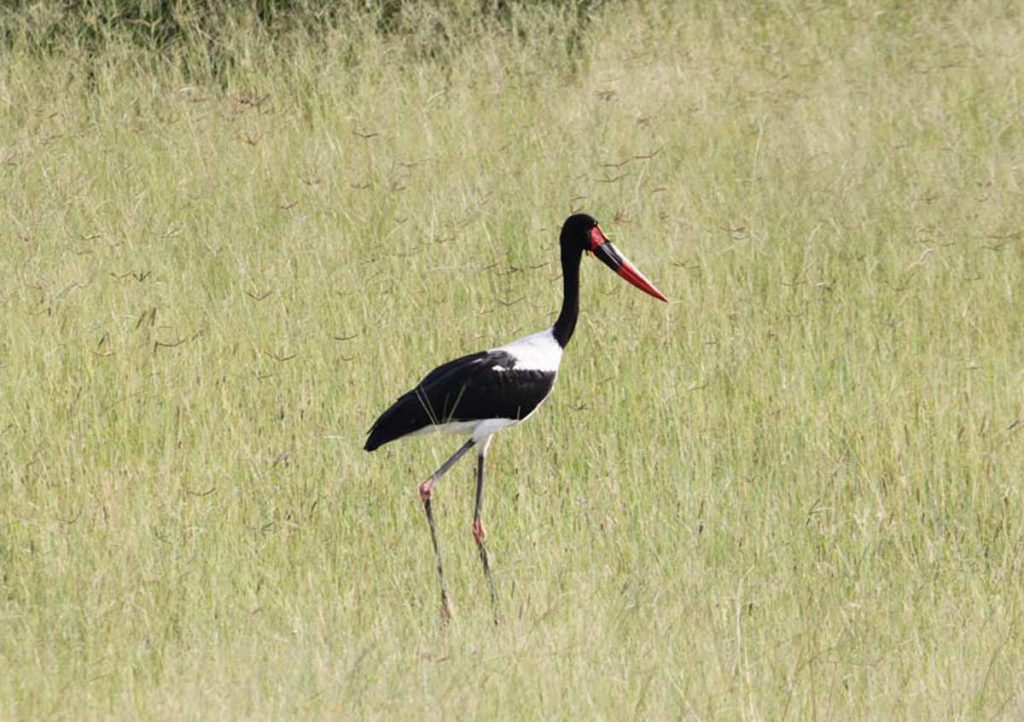
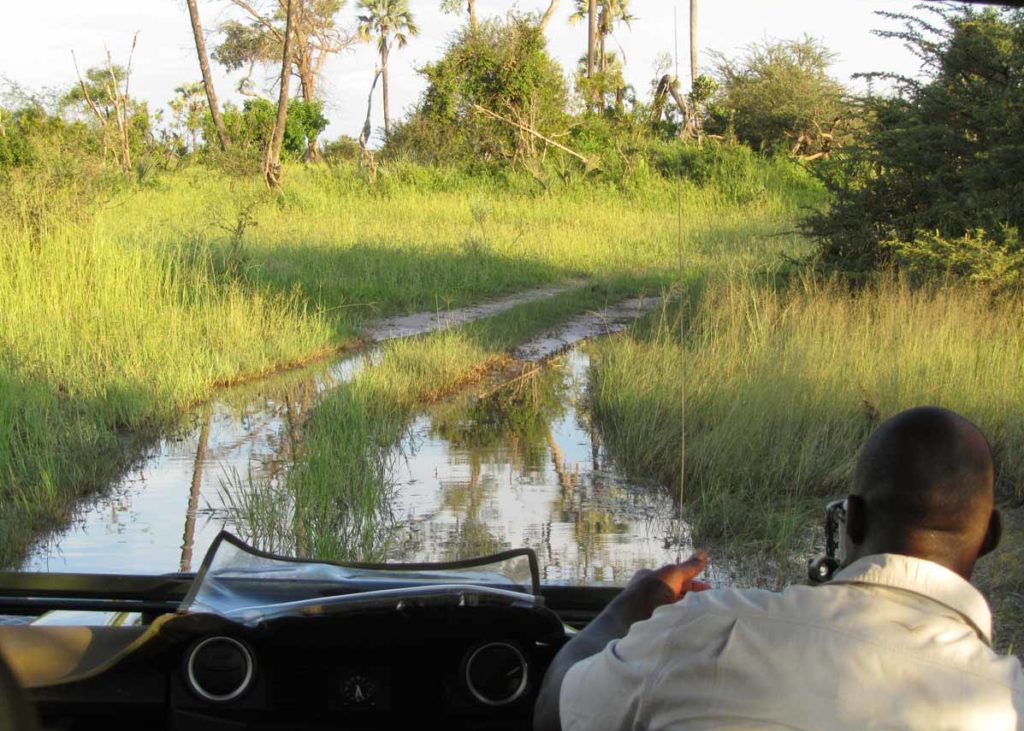
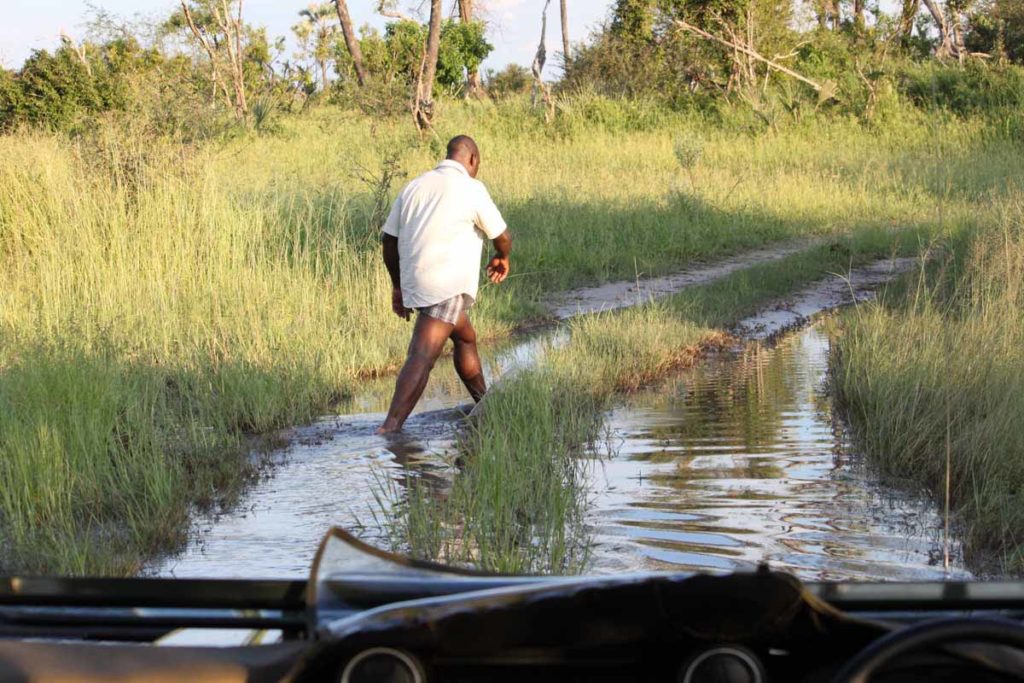
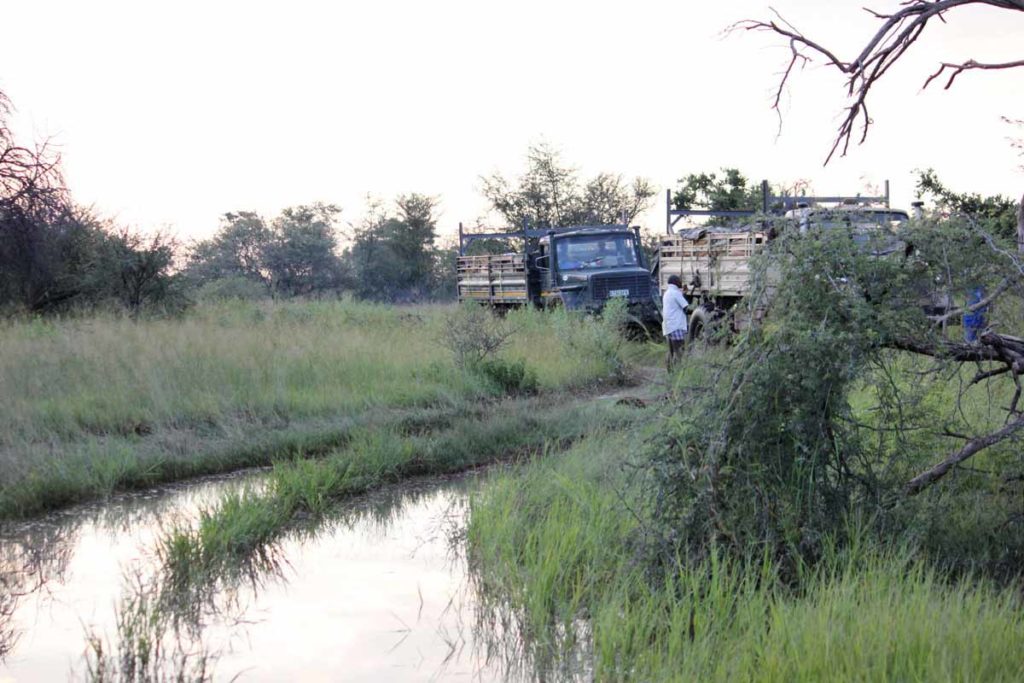
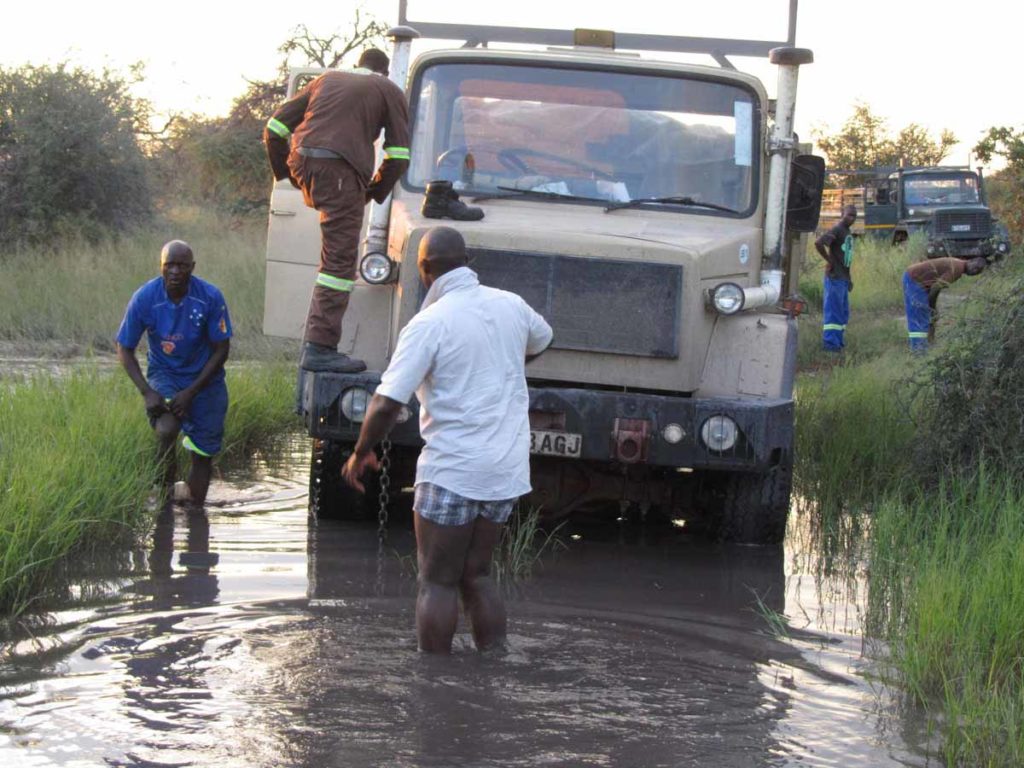
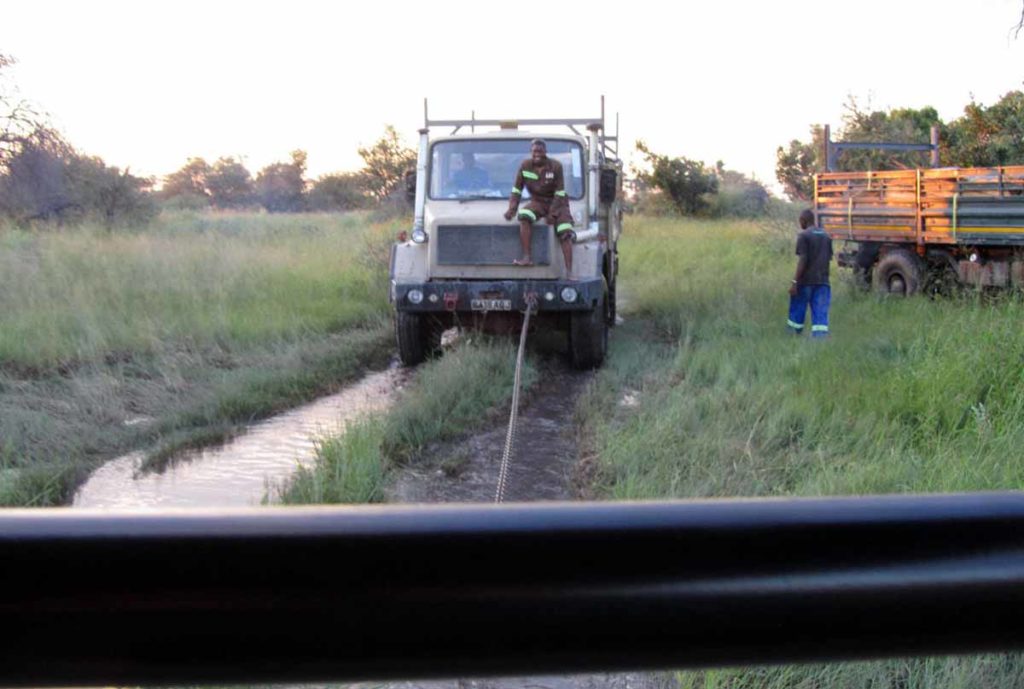
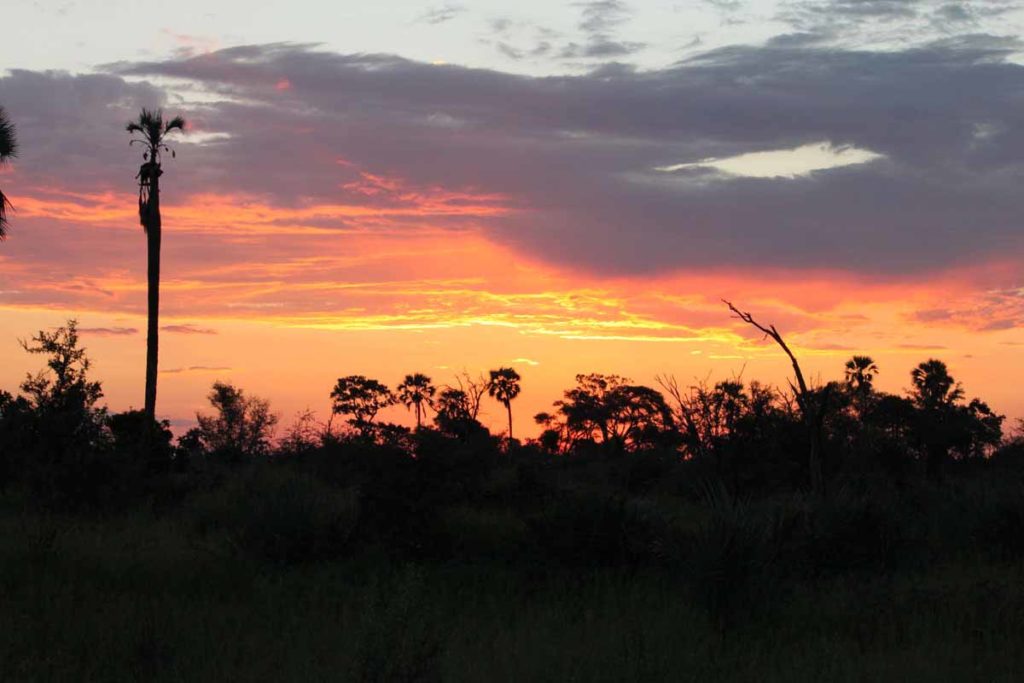
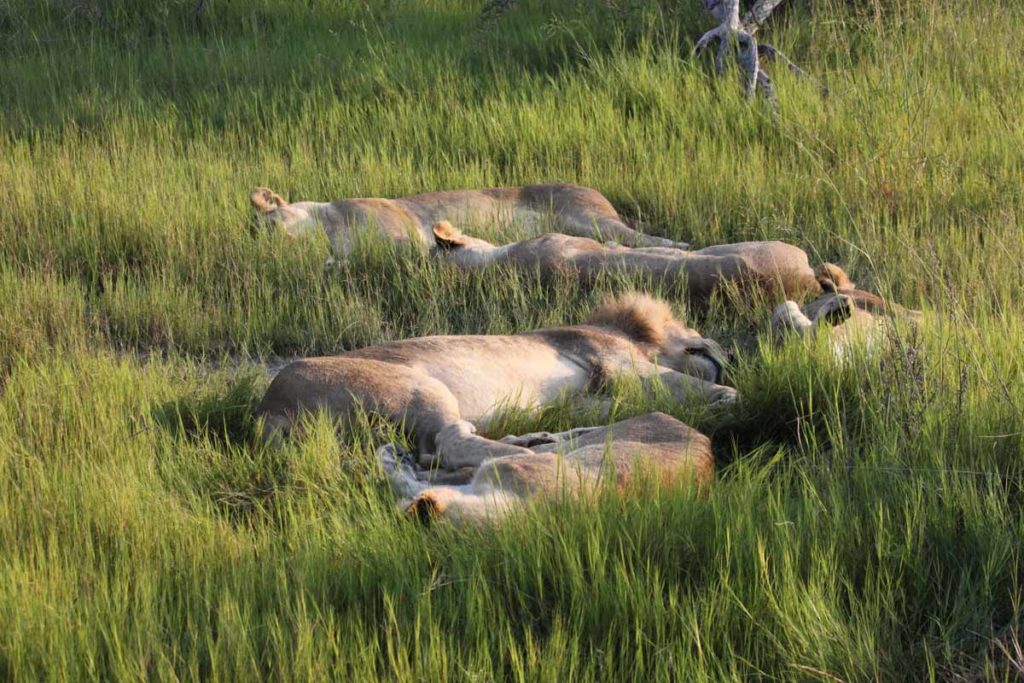
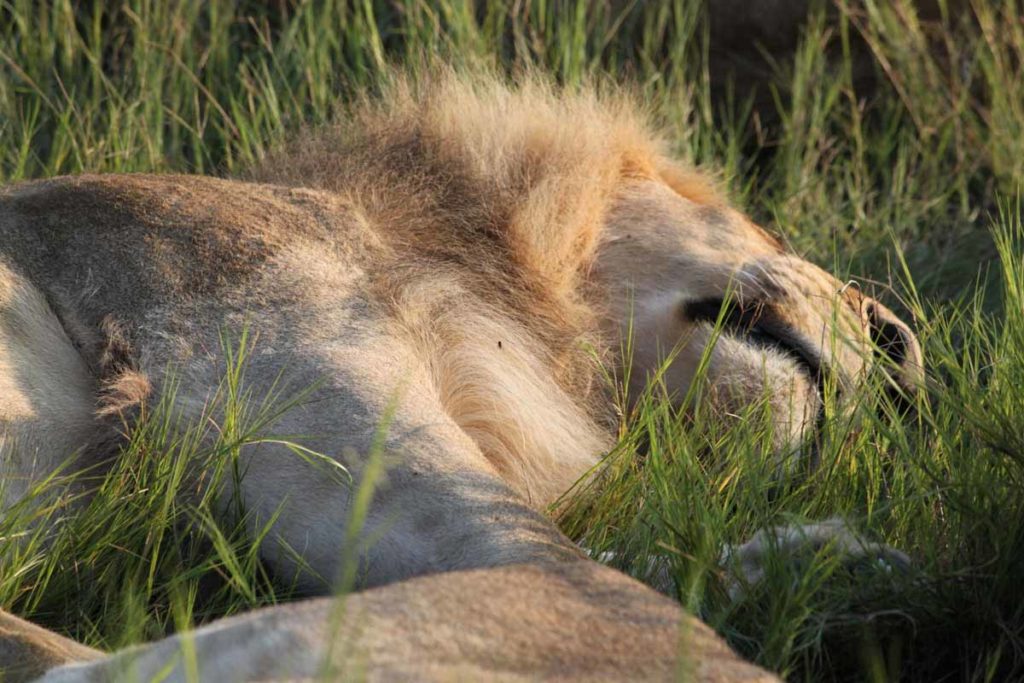
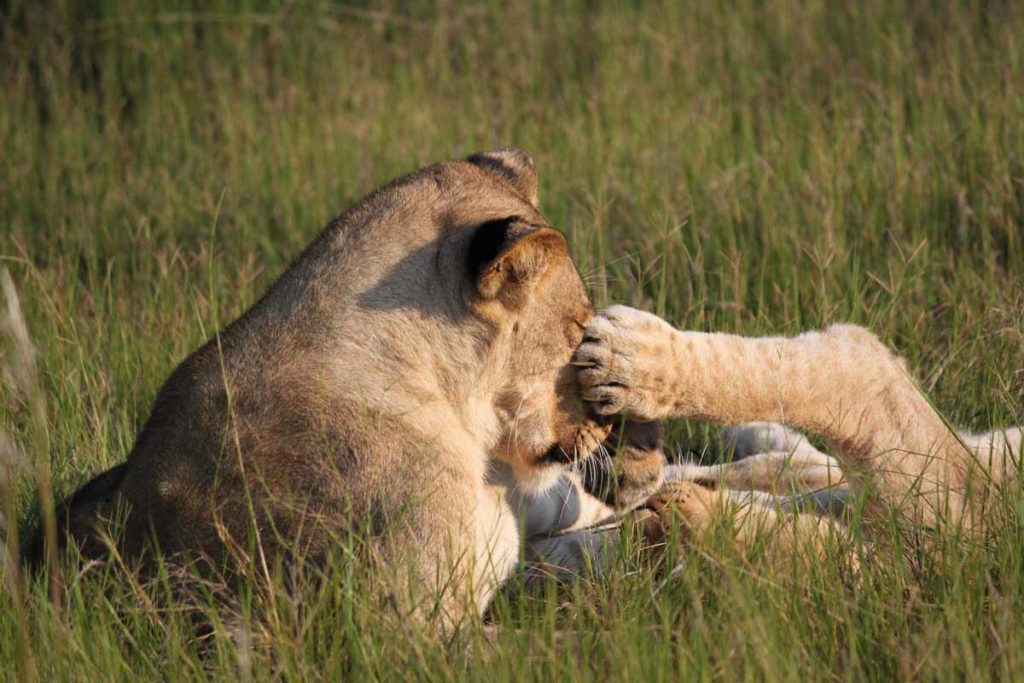
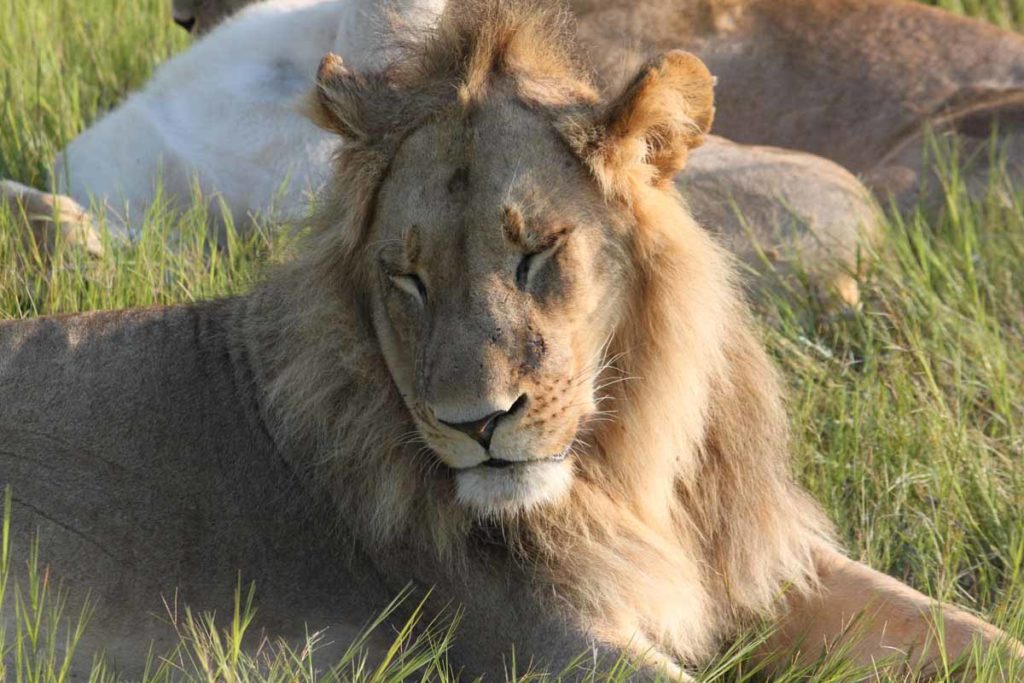
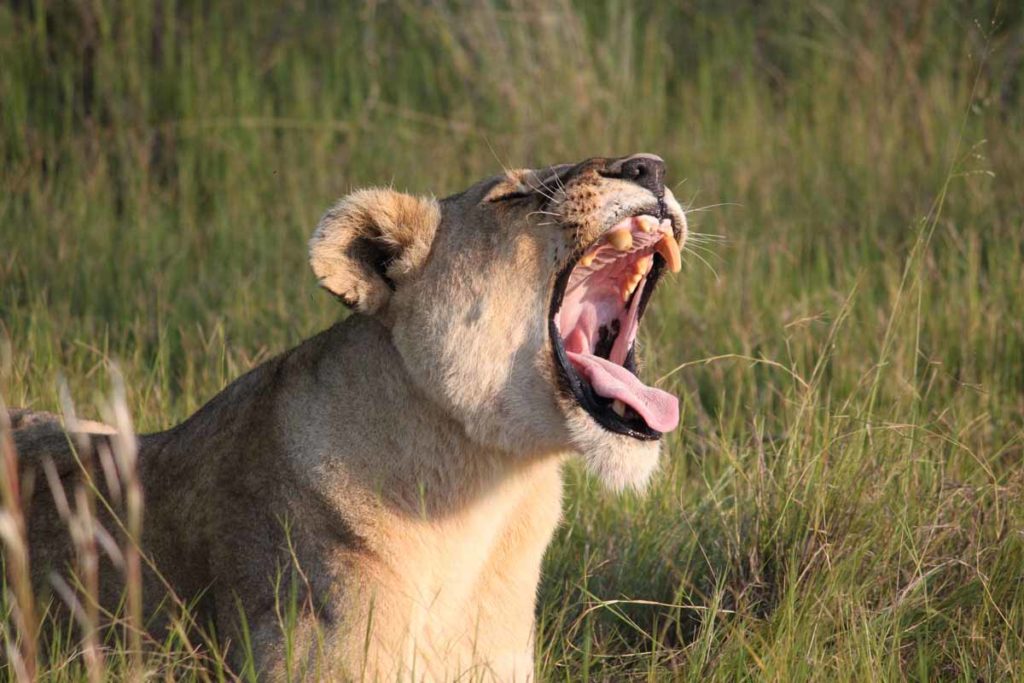
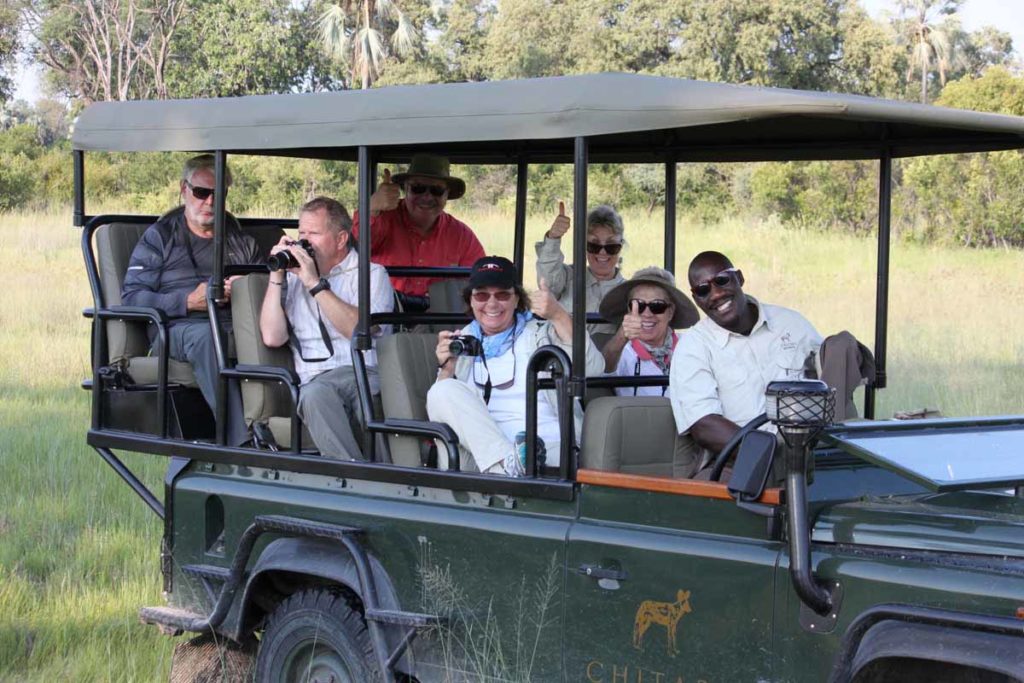
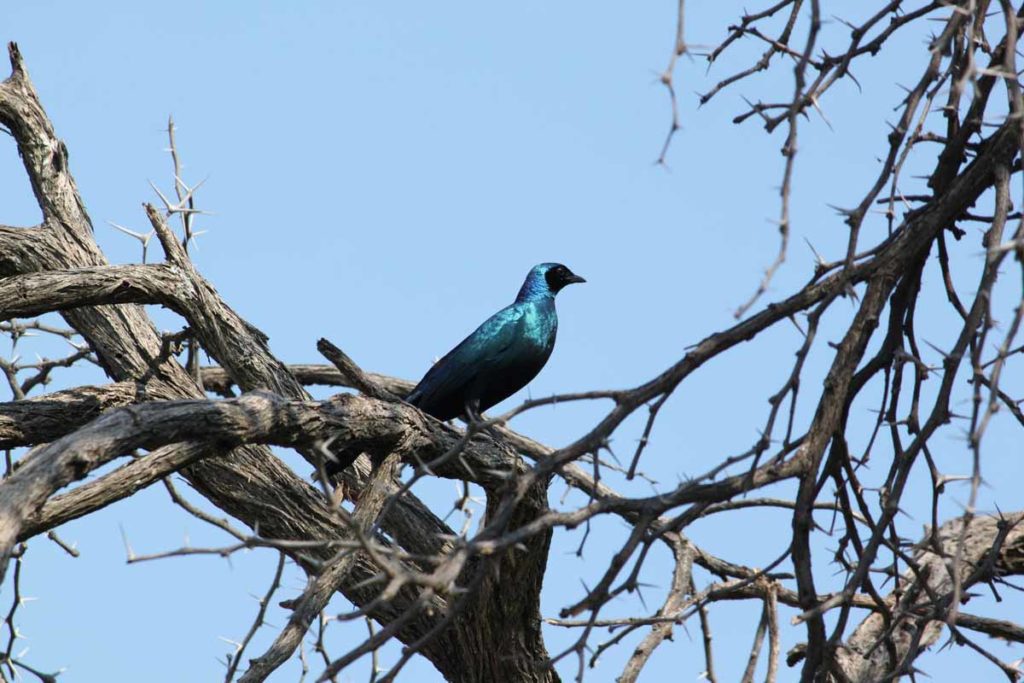
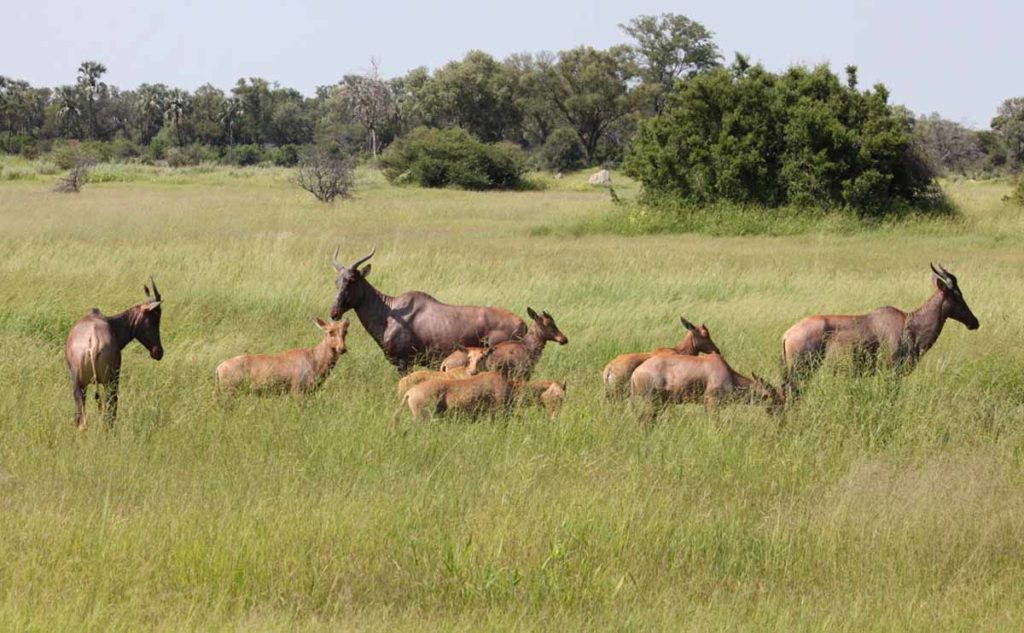

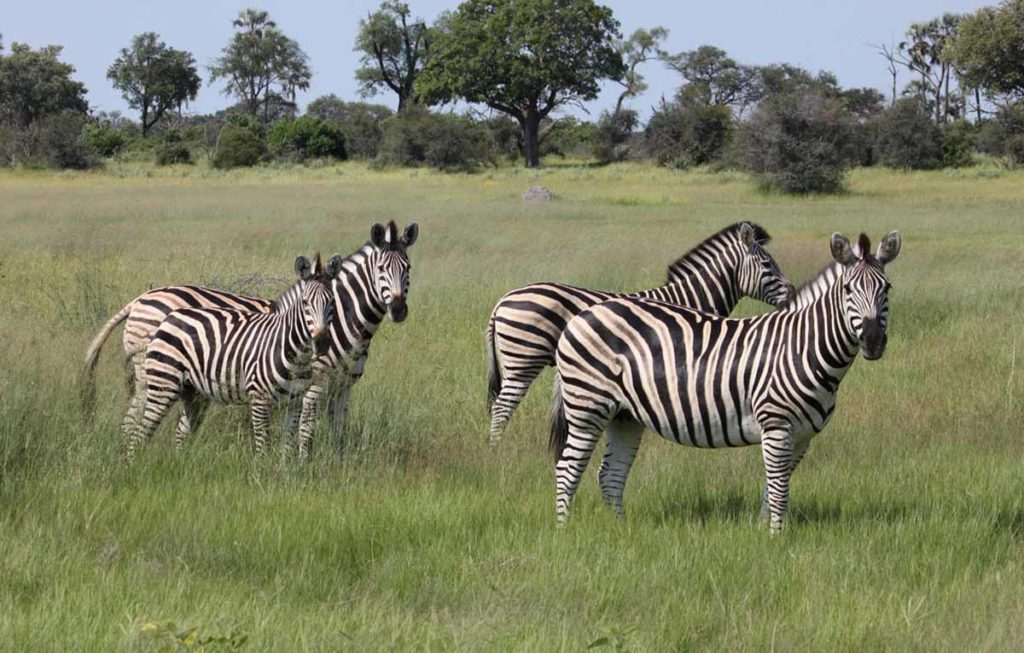
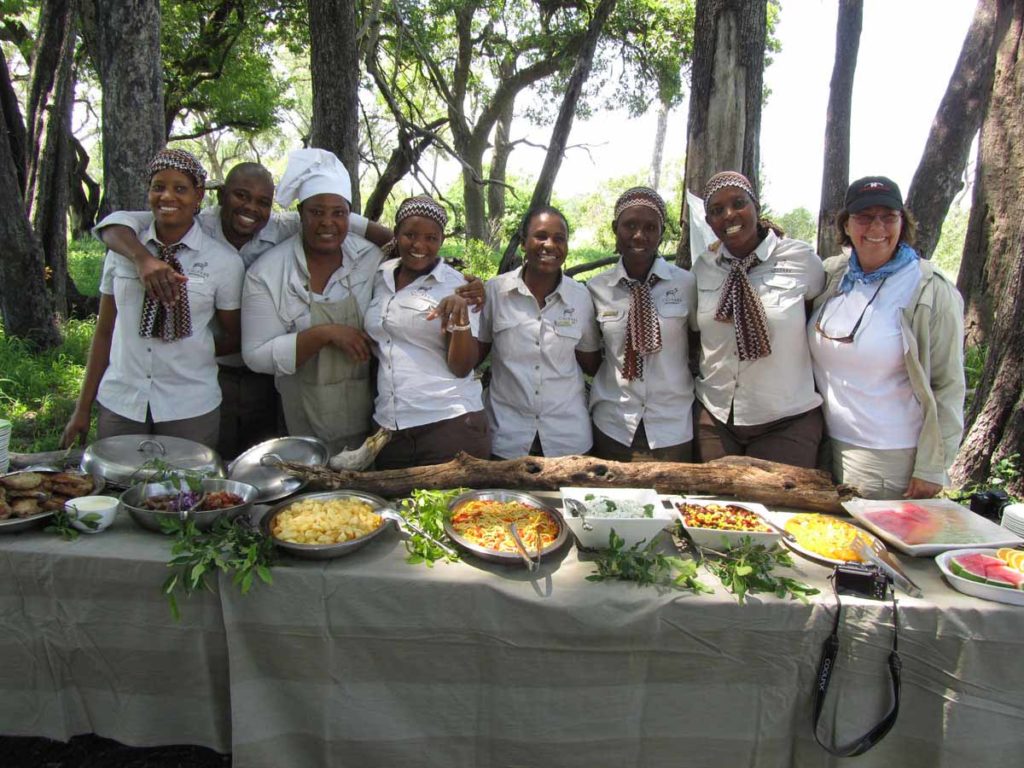
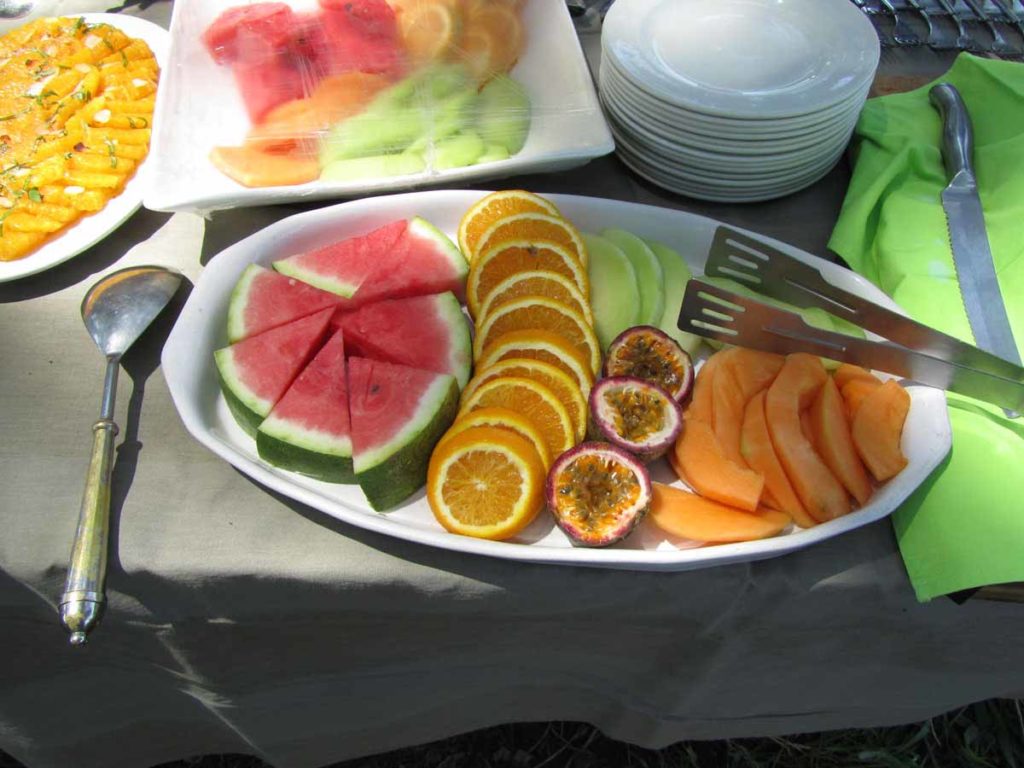
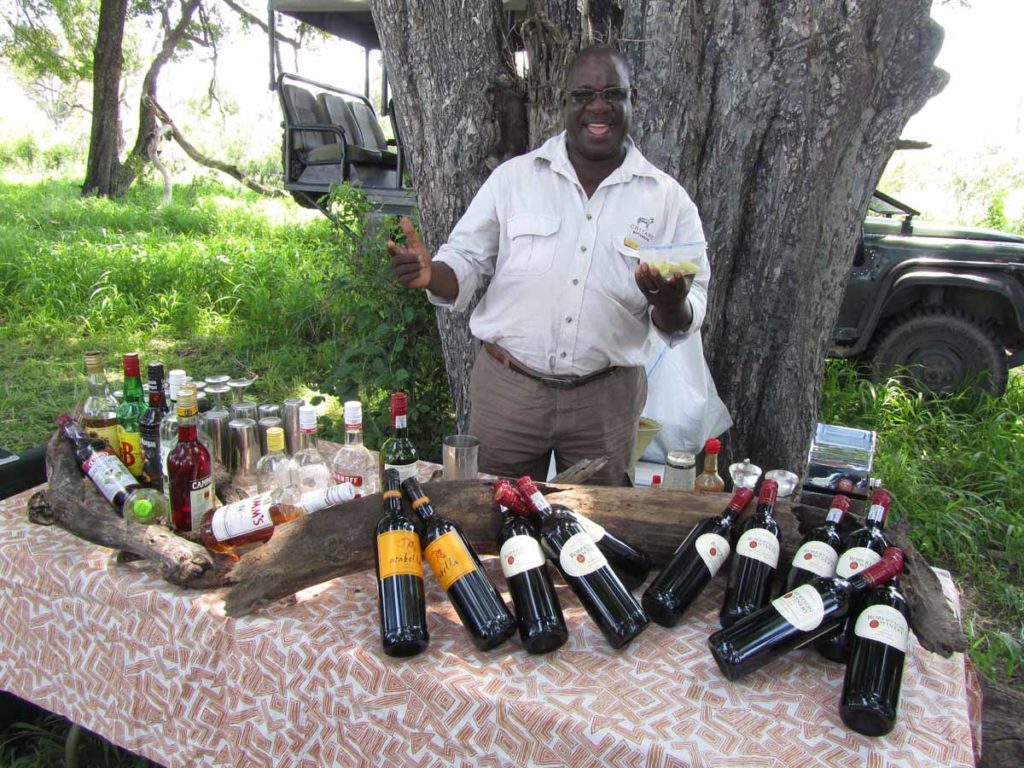
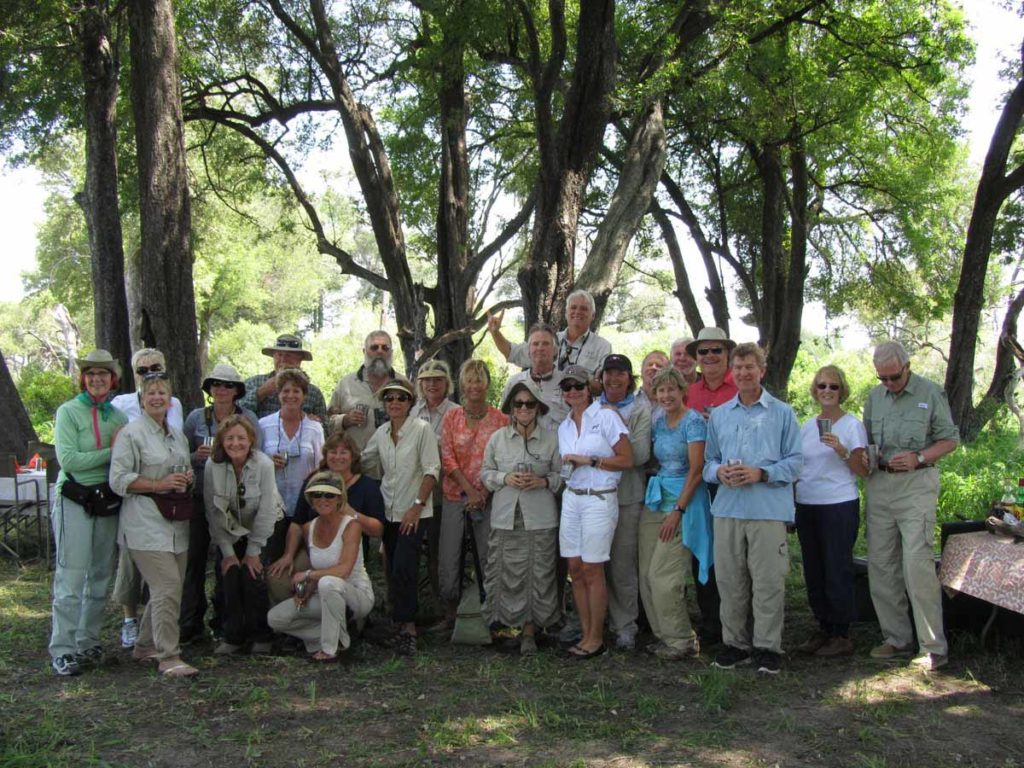
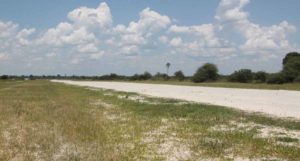
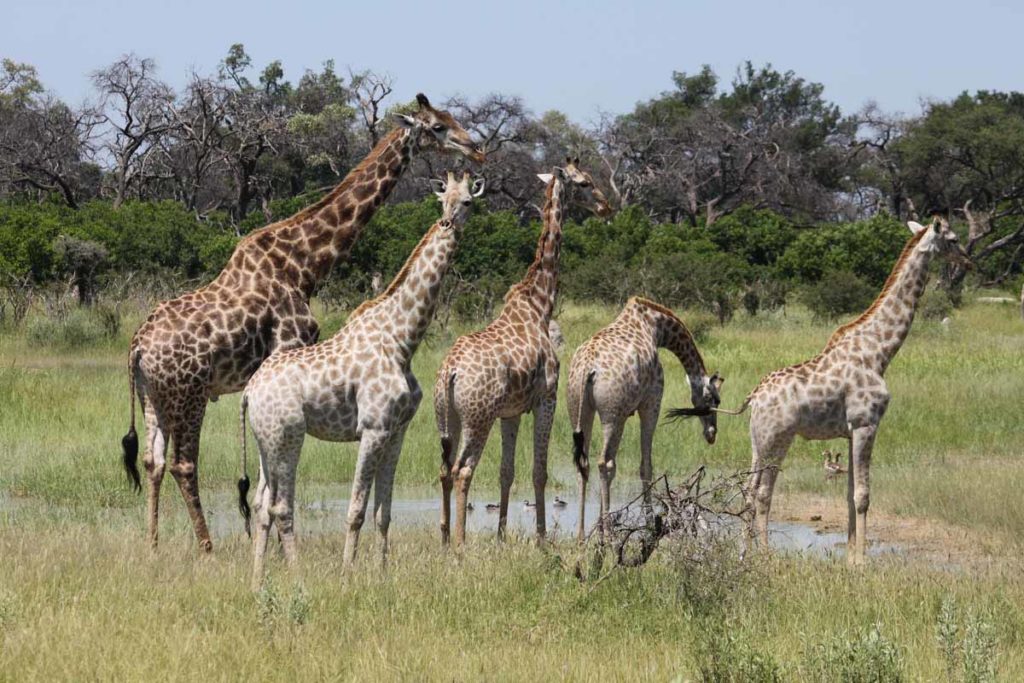
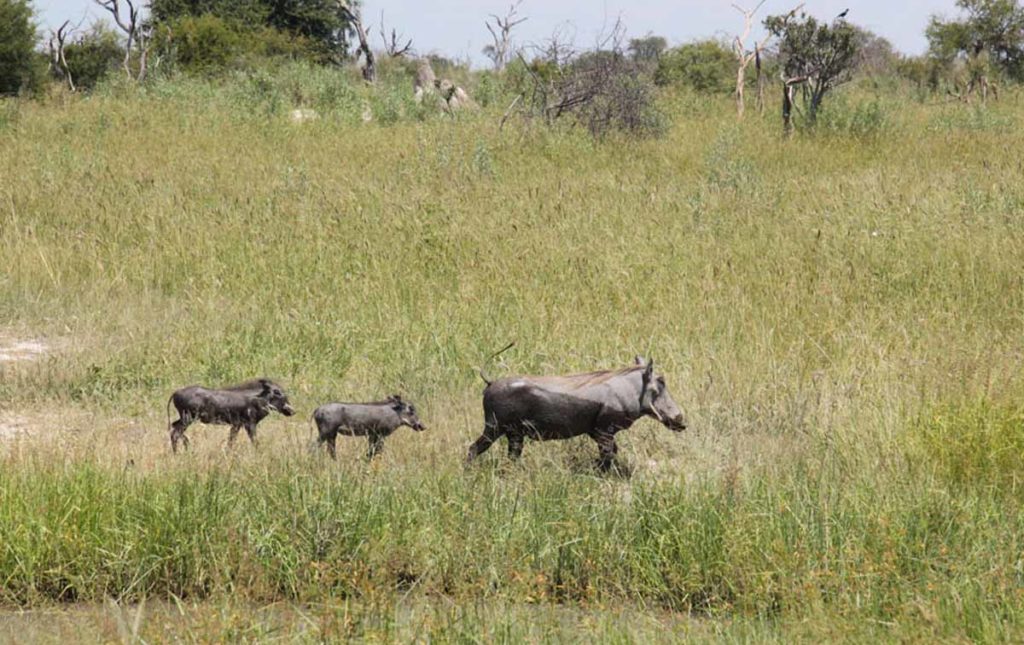

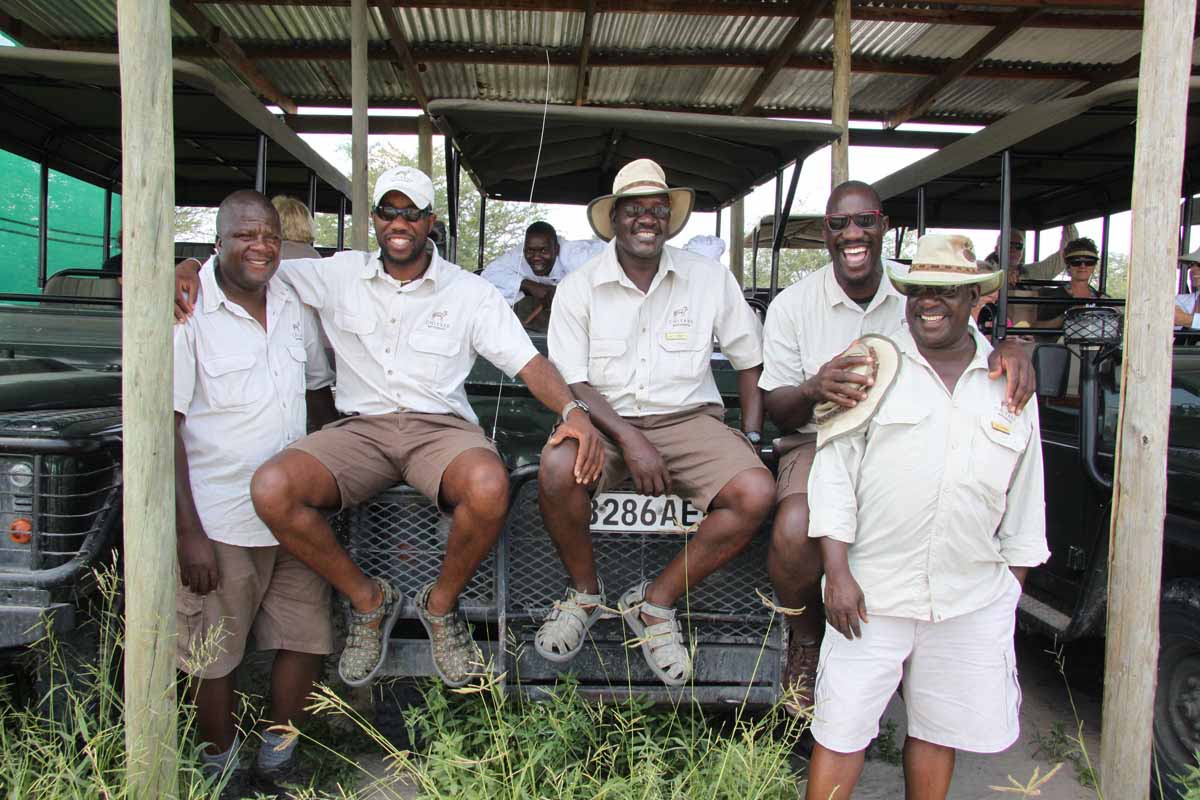
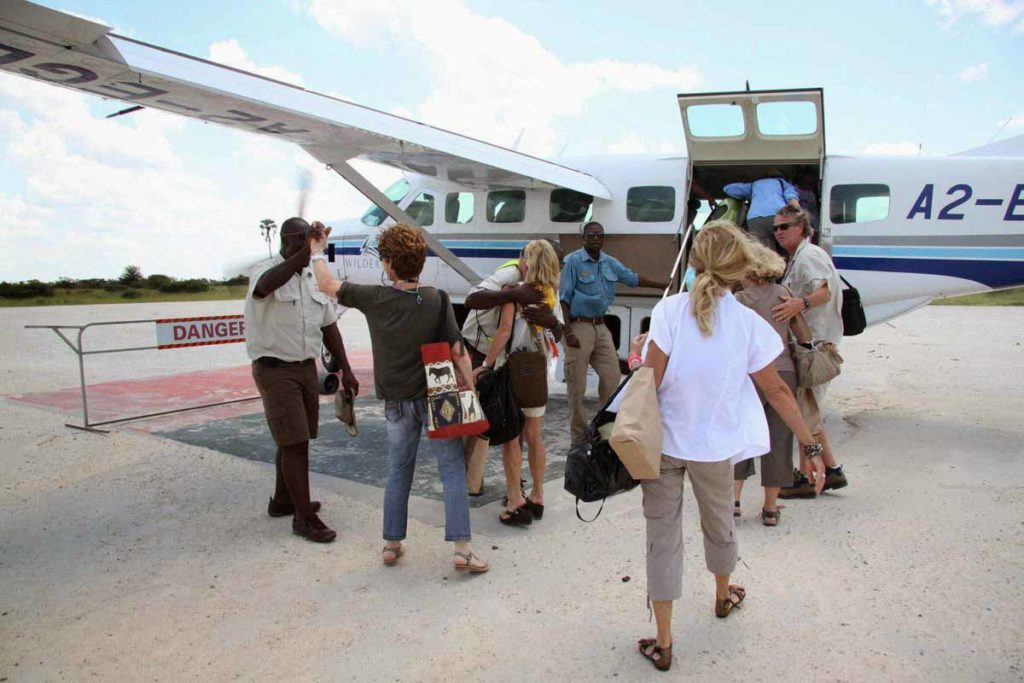
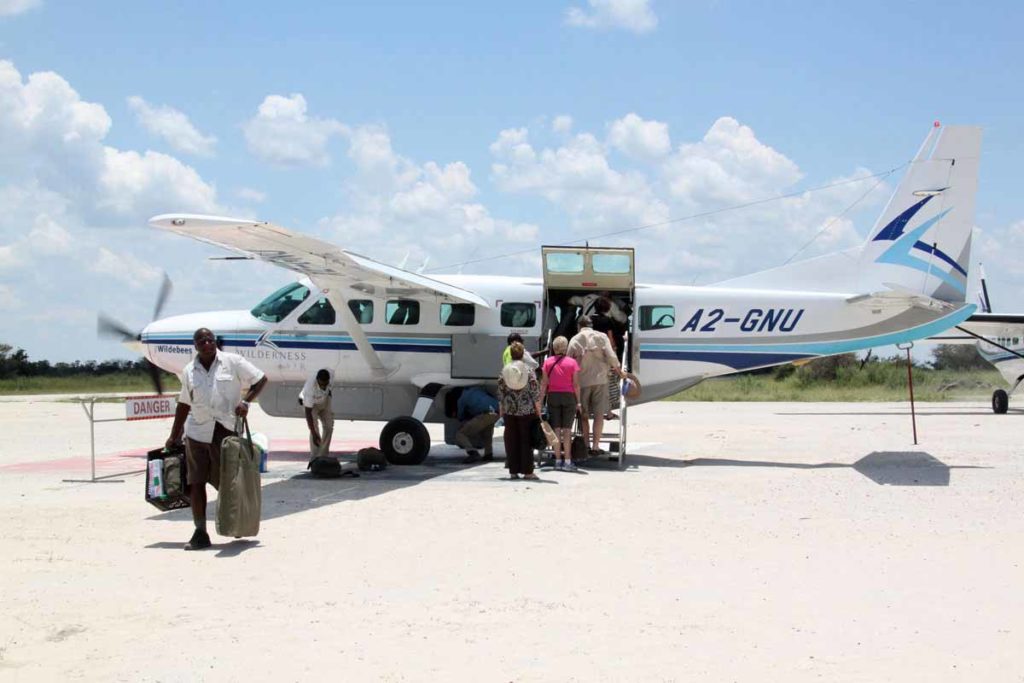
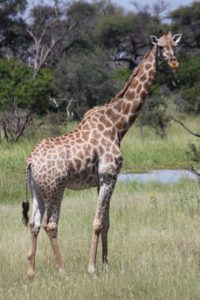
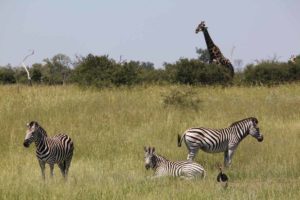
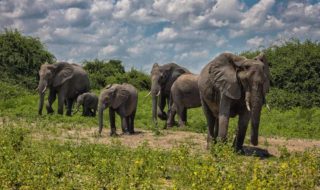
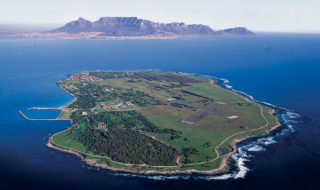


Thank you, Janet, for letting me relive our African safari. Our group of 24 were perfect travelers and so many of us knew one another that it made it even more fun. I enjoyed traveling with you and all your insights. I enjoy reading your blog. Barb Nicks
Thanks so much, Barb for your very kind words. Yes, it was such a special trip with such great, fun people! We were lucky to be able to experience what makes Africa so very special.
Janet,
A great explanation of the great fun and adventure of African safaris.
Once you have gone on one you certainly wanna return and repeat the experience.
I know I have enjoyed many and hope to do more in the future.
George
Thank you, George. You’re so right! And, we shared an amazing group safari to Kenya & Tanzania with 5 different parks. I am also hooked like you are – and want others to experience just how special an African wildlife safari is.
Janet,
A great explanation of the great fun and adventure of African safaris.
Once you have gone on one you certainly wanna return and repeat the experience.
I know I have enjoyed many and hope to do more in the future.
Nice job of reporting, George
Thanks, George. Yes, I know you’re another African safari fan, having shared our wonderful BTO adventure in Kenya & Tanzania a few years ago.
An African safari in the Okavango Delta sounds like an absolutely magical experience! The combination of stunning landscapes, incredible wildlife encounters, and the unique atmosphere of the delta makes it truly special. Reading about your journey brings the adventure to life!
Thank you very much! Yes, an African safari is truly a magical and out-of-this-world experience!